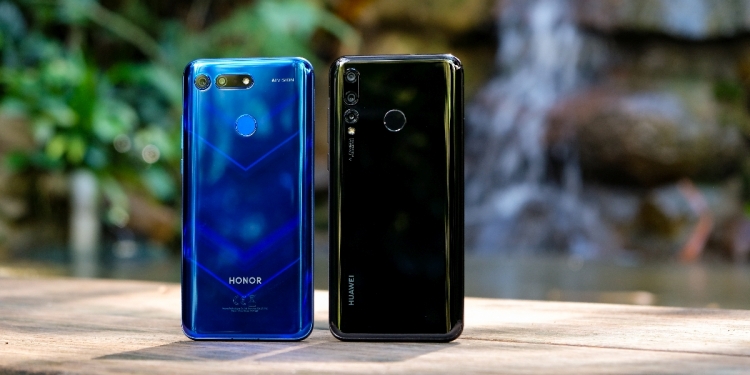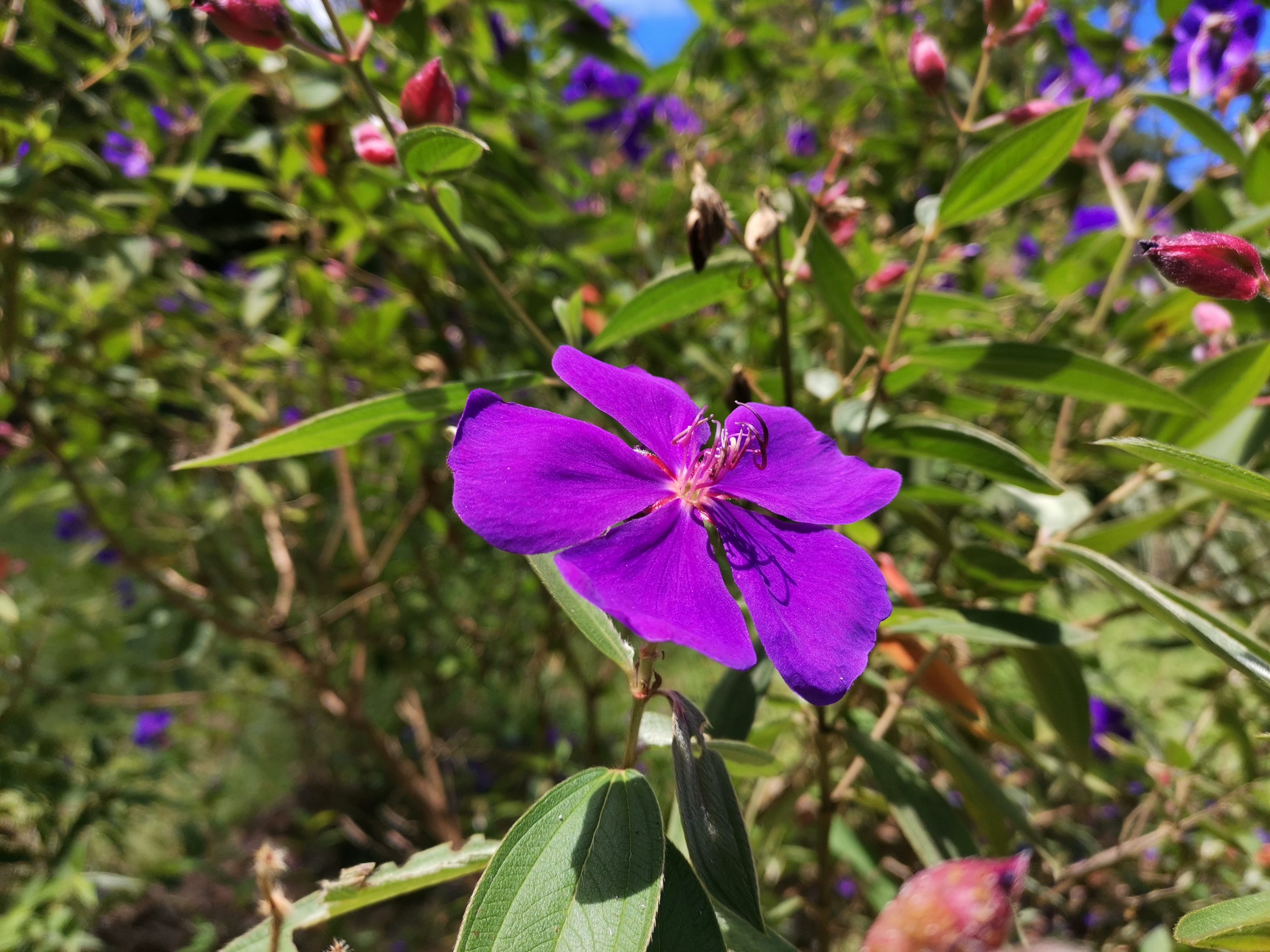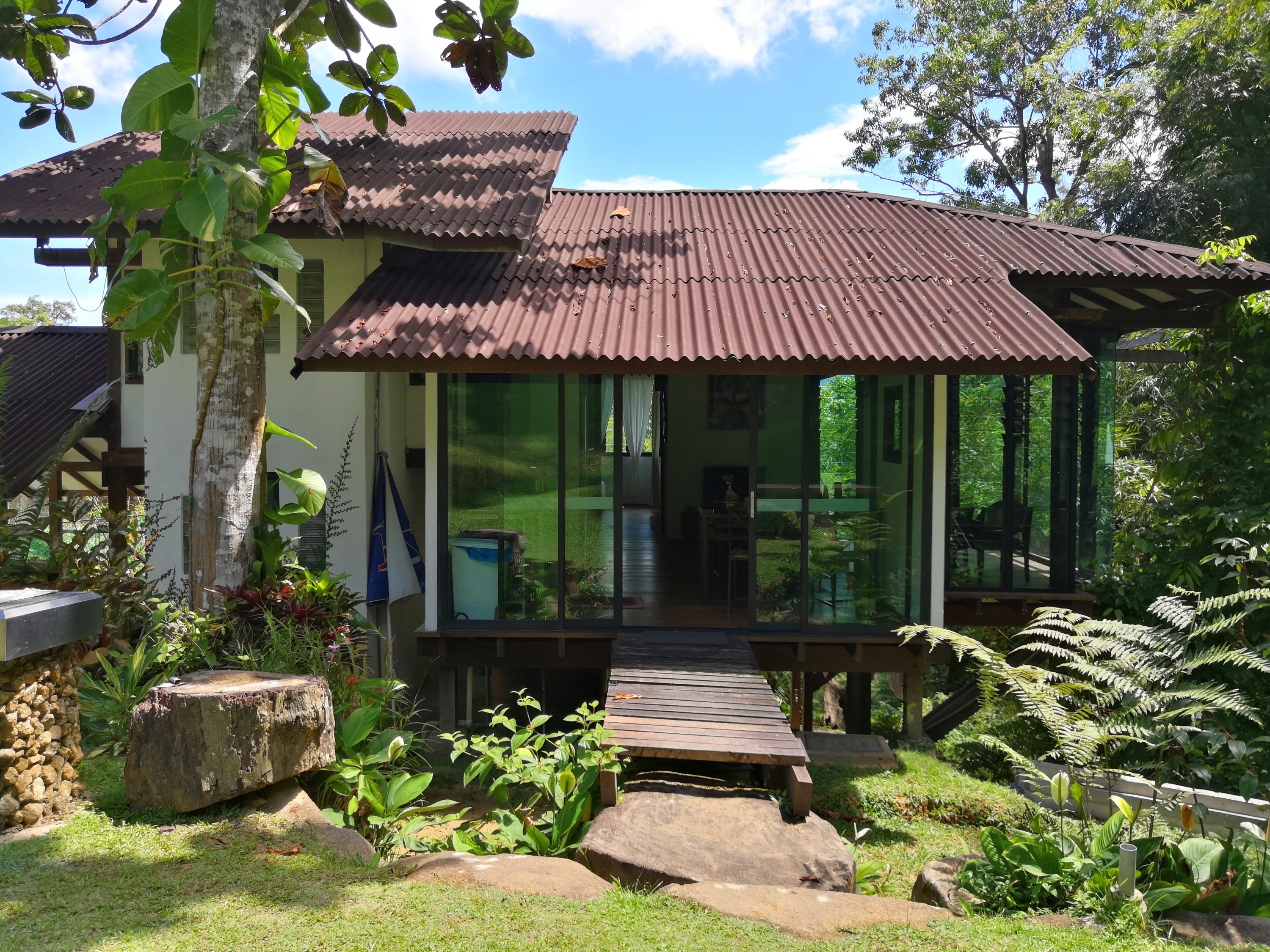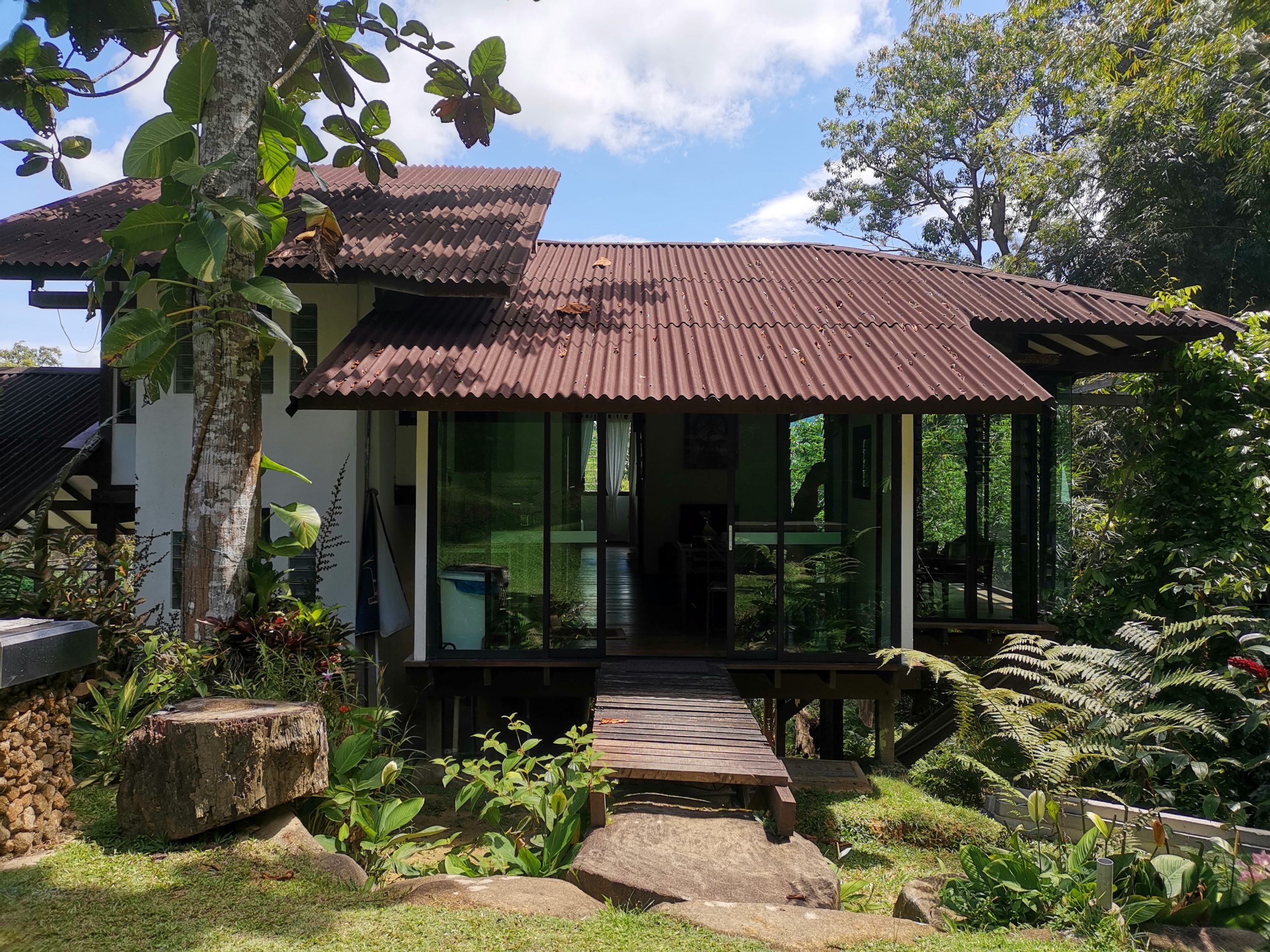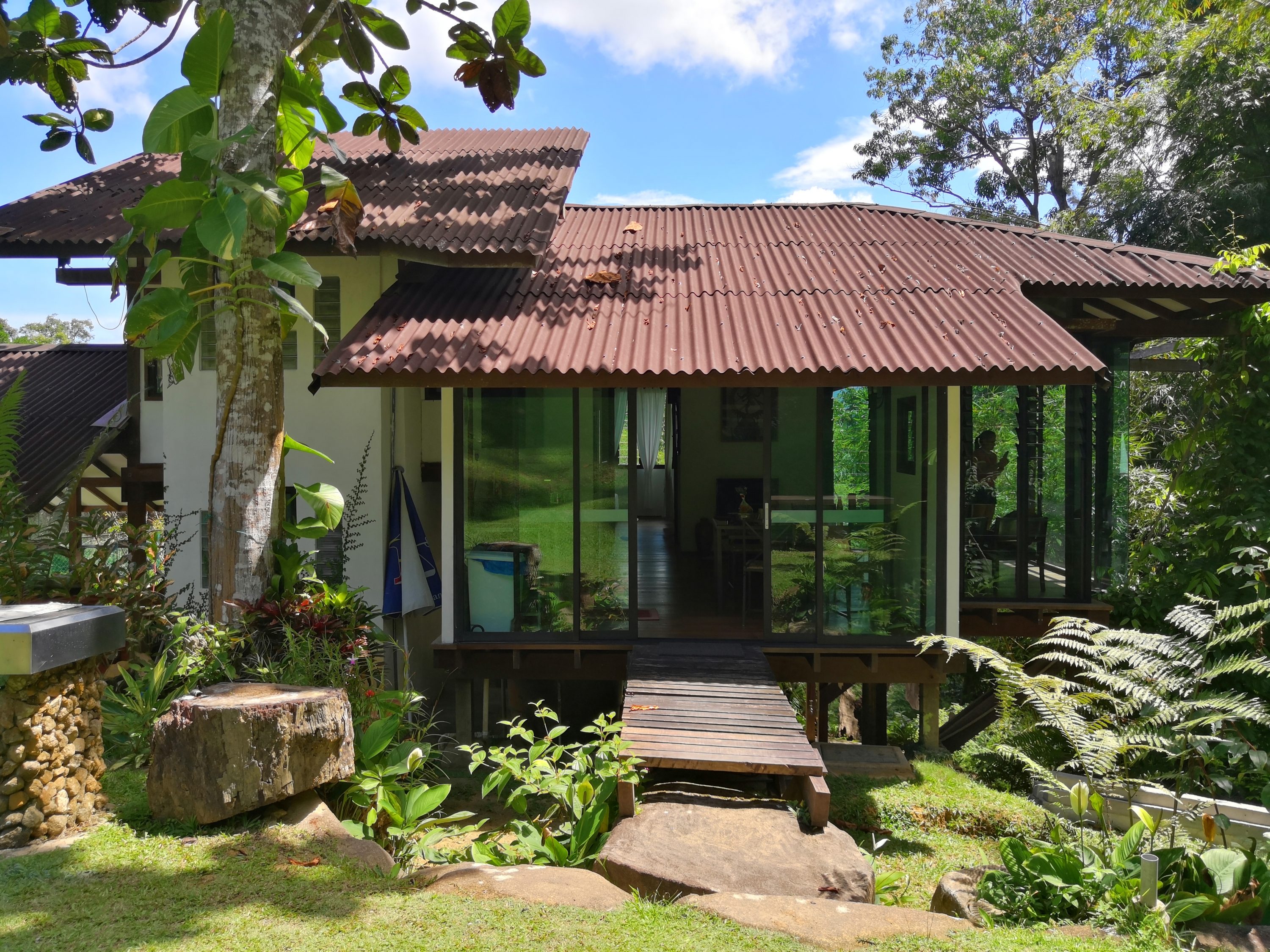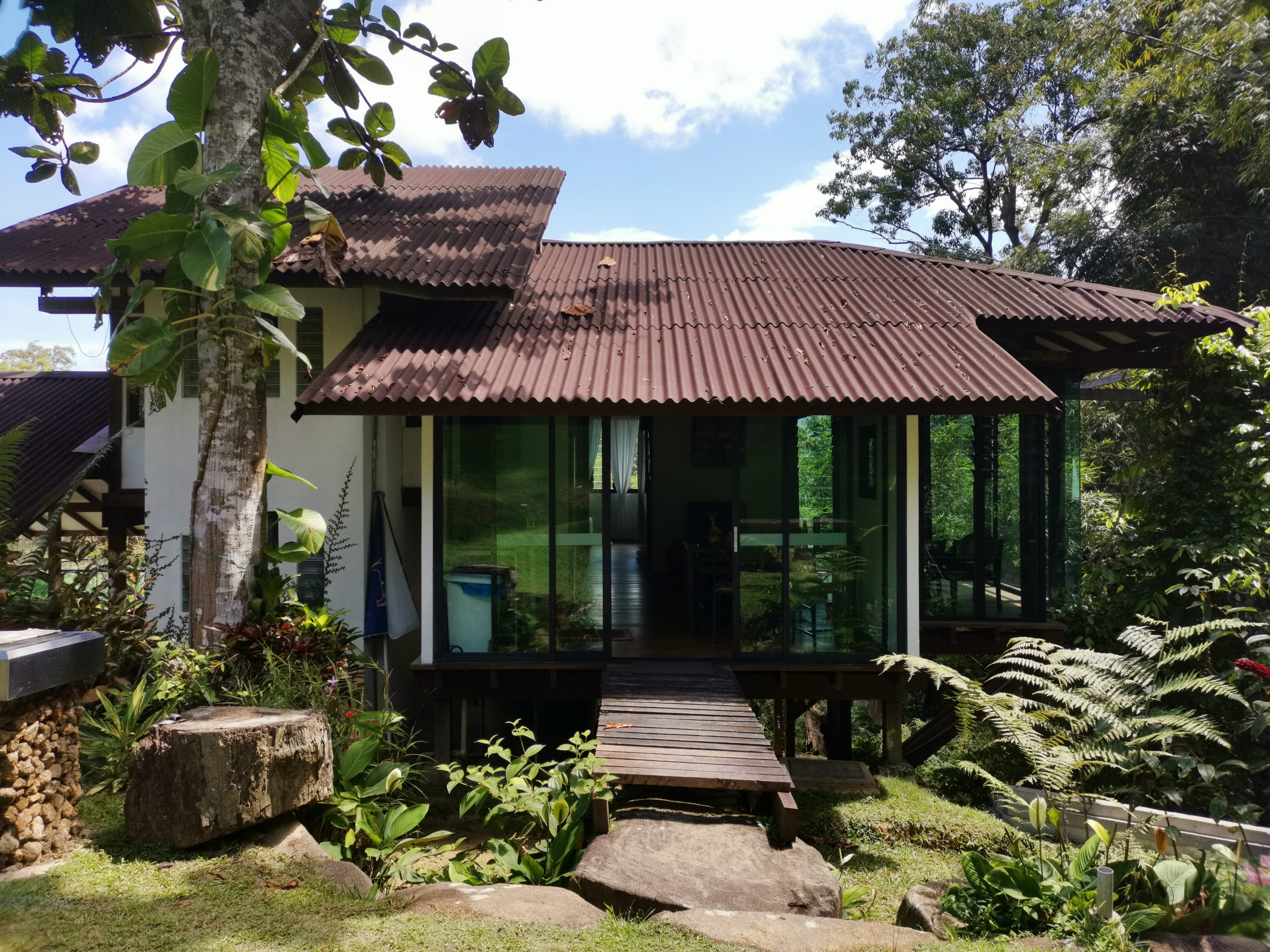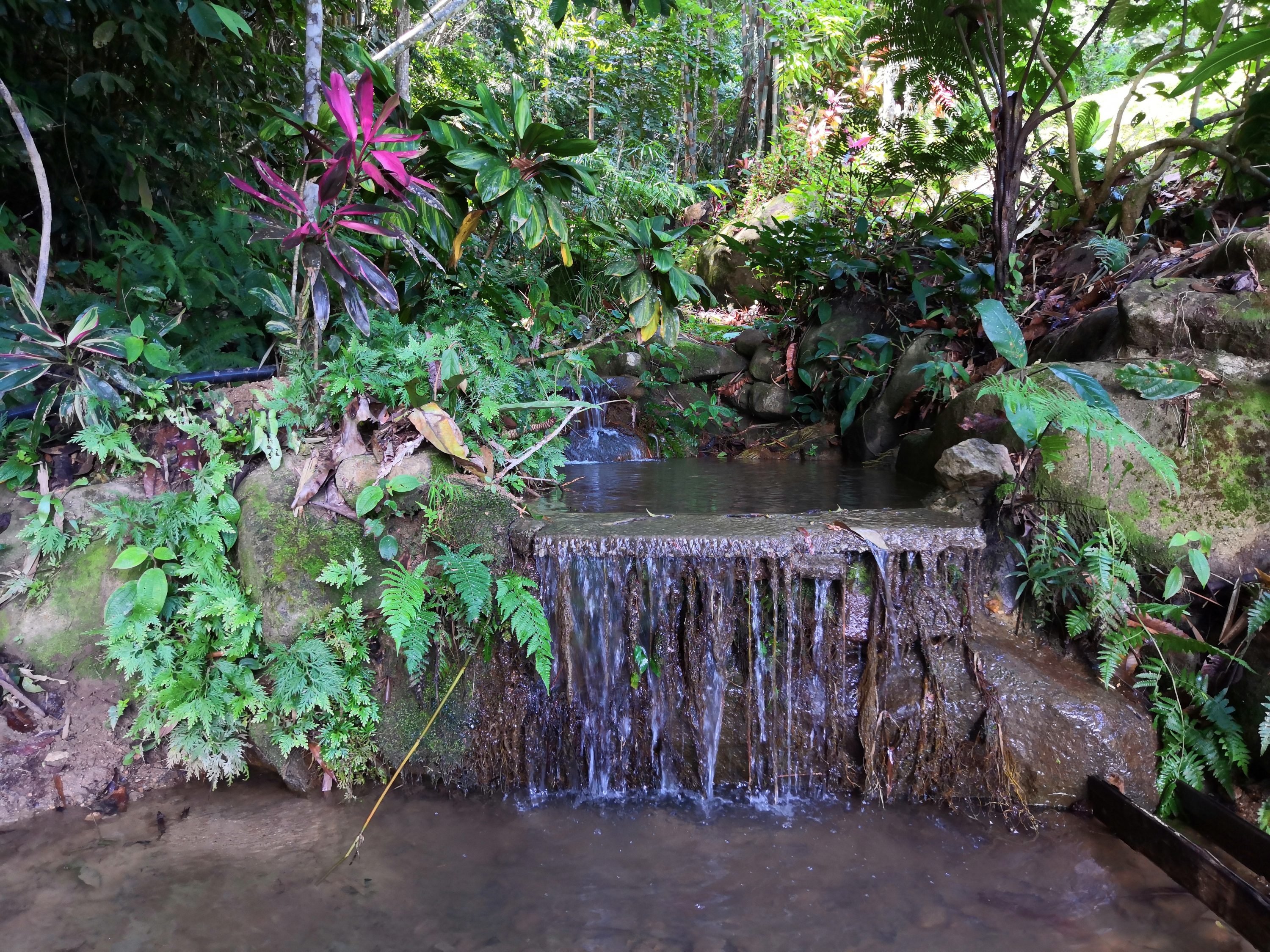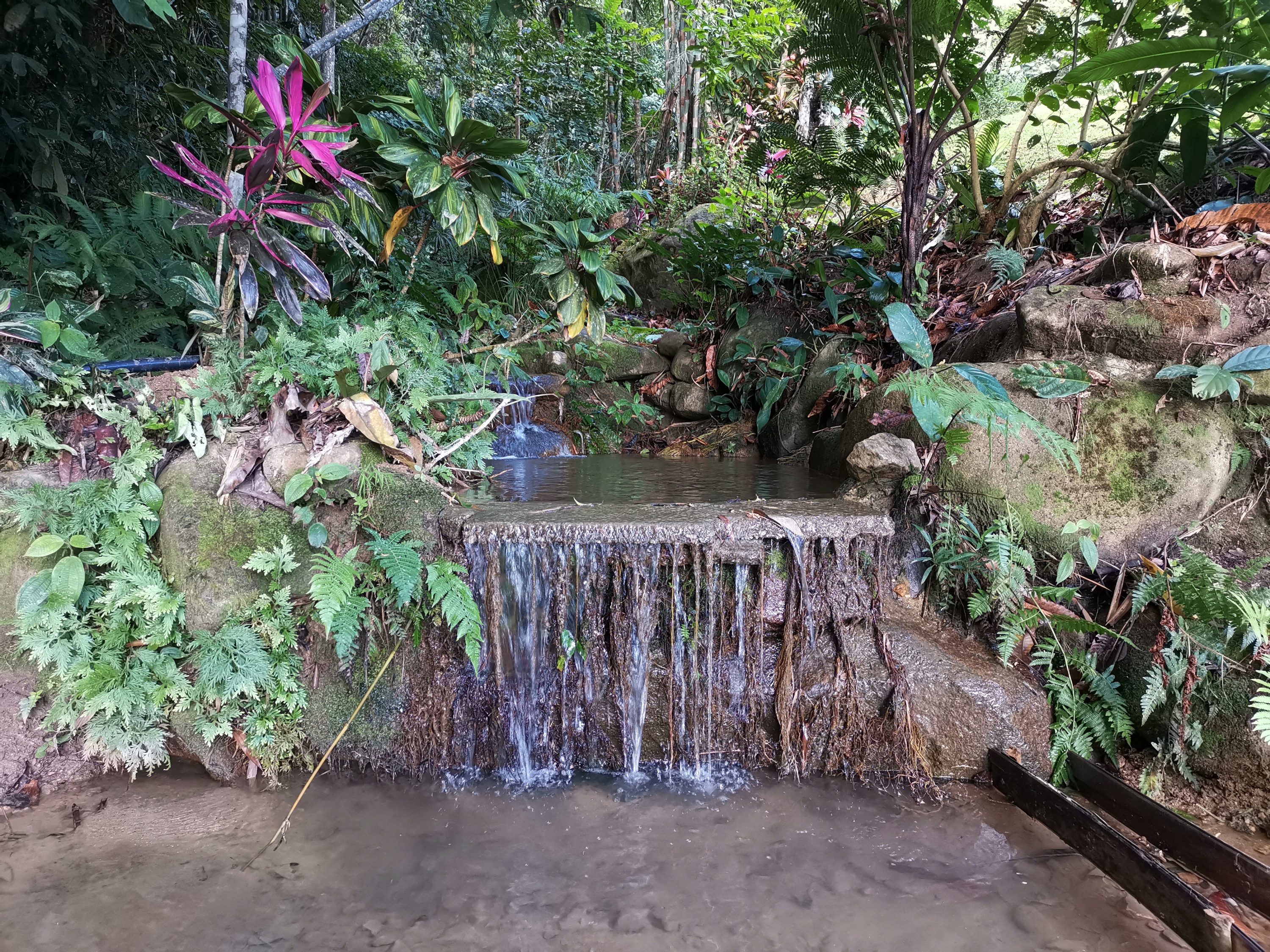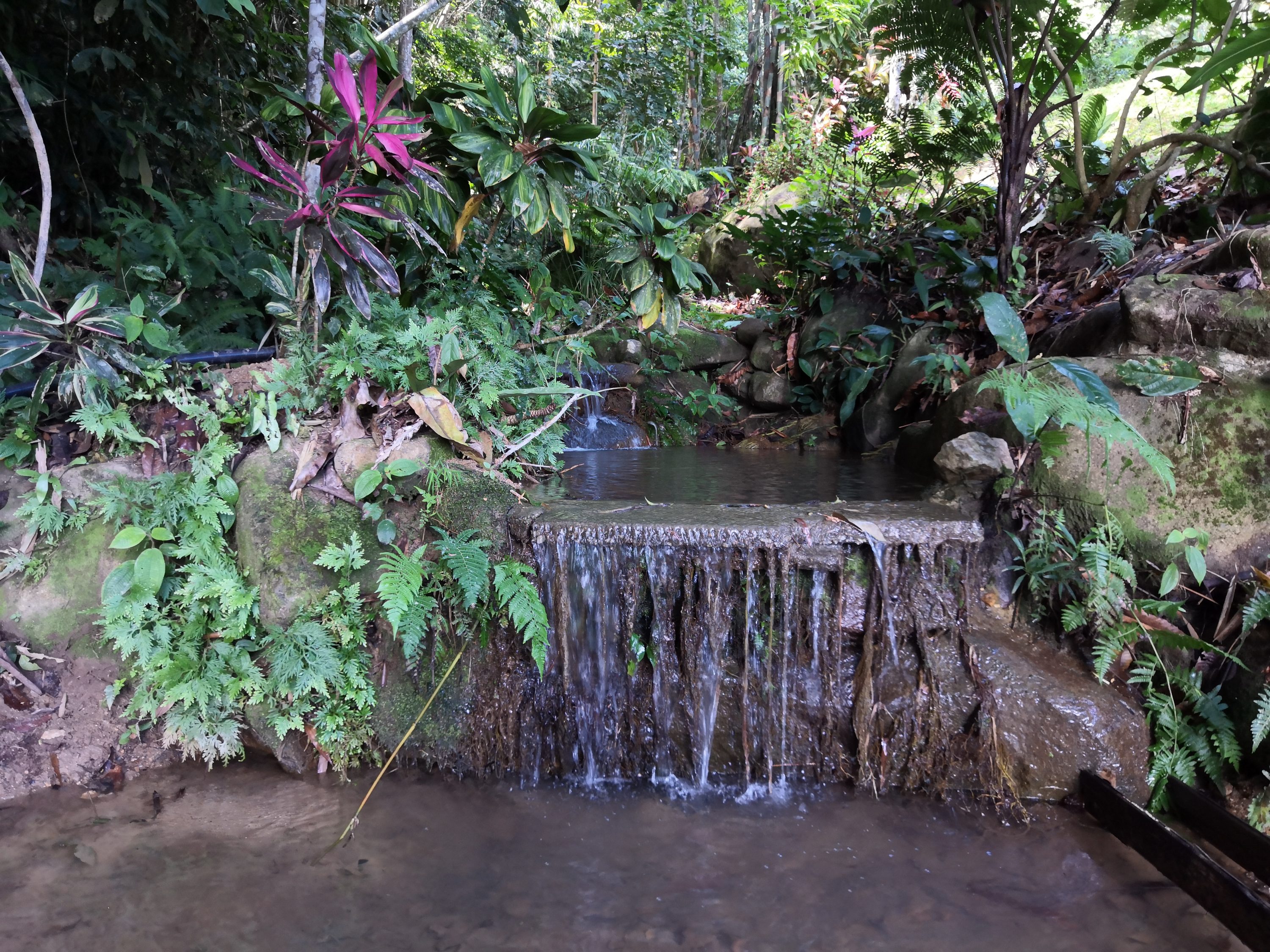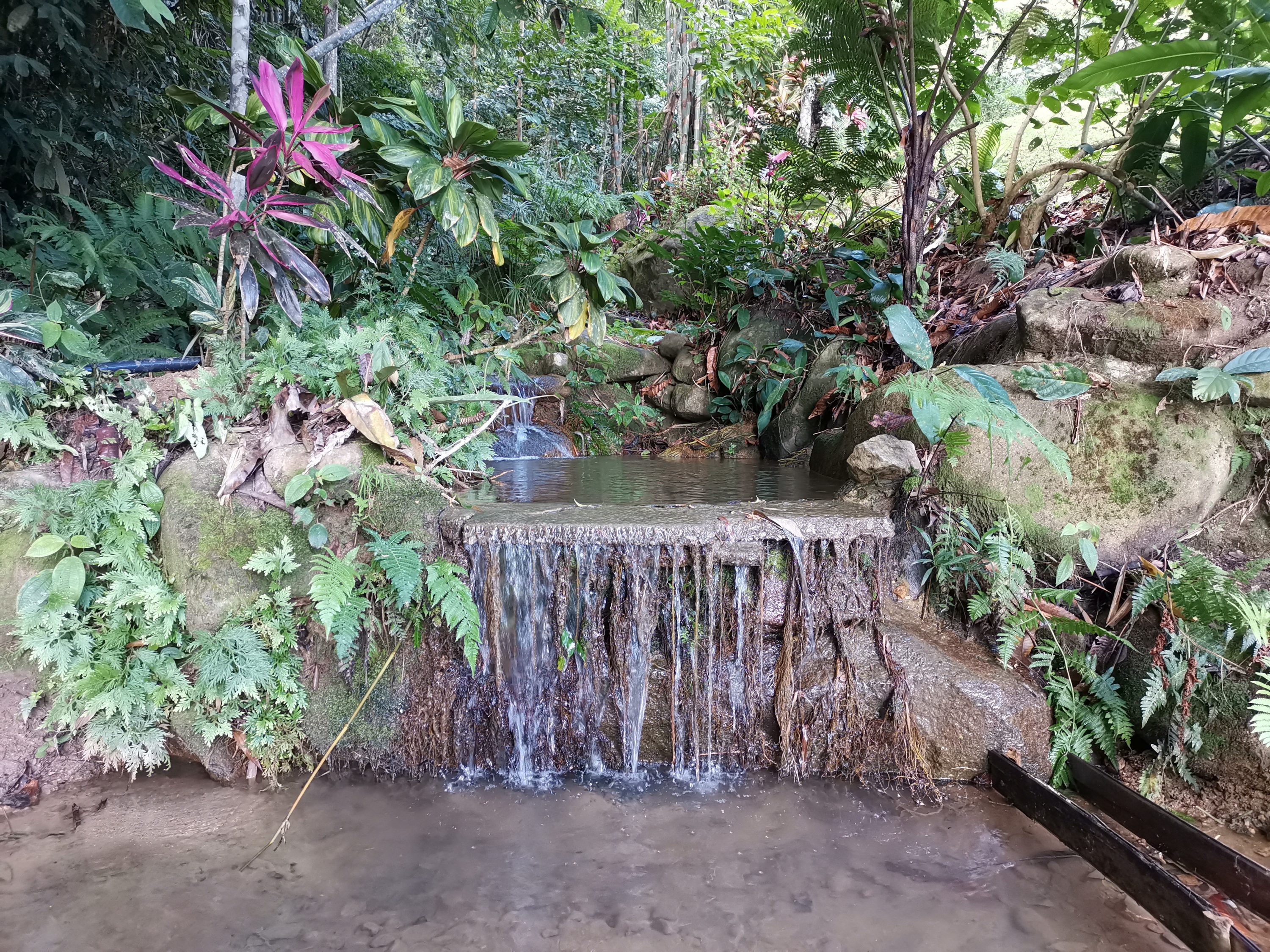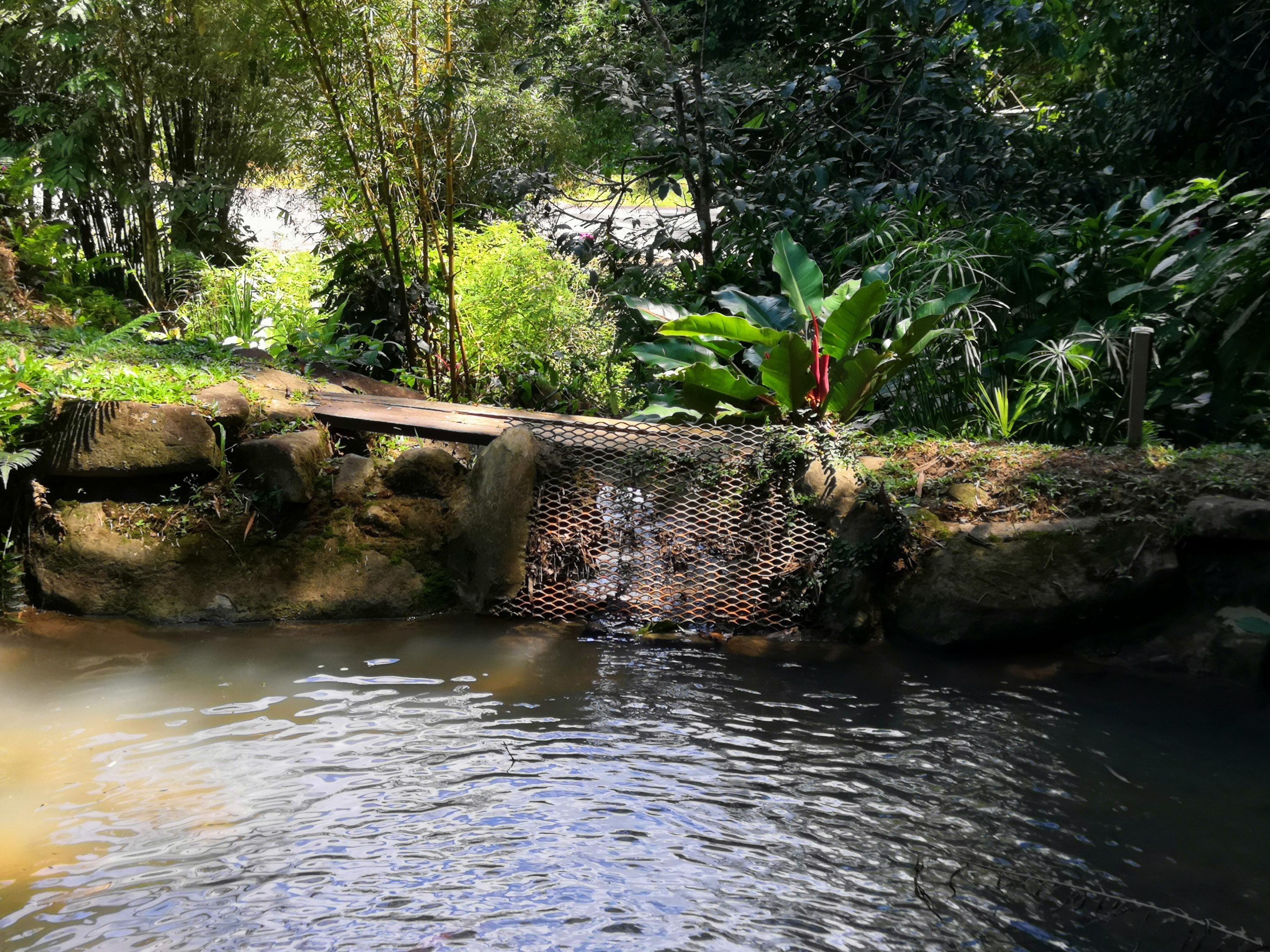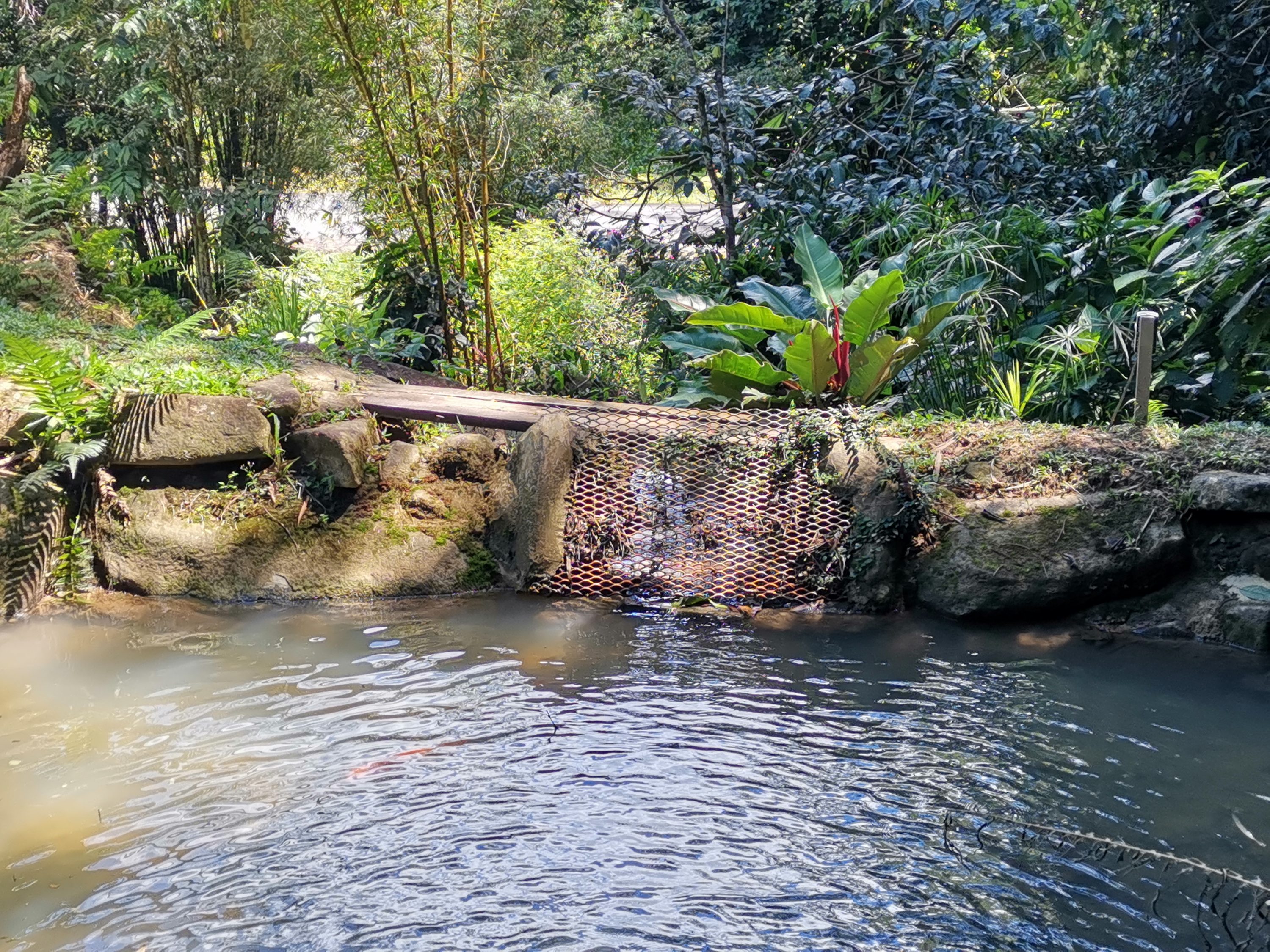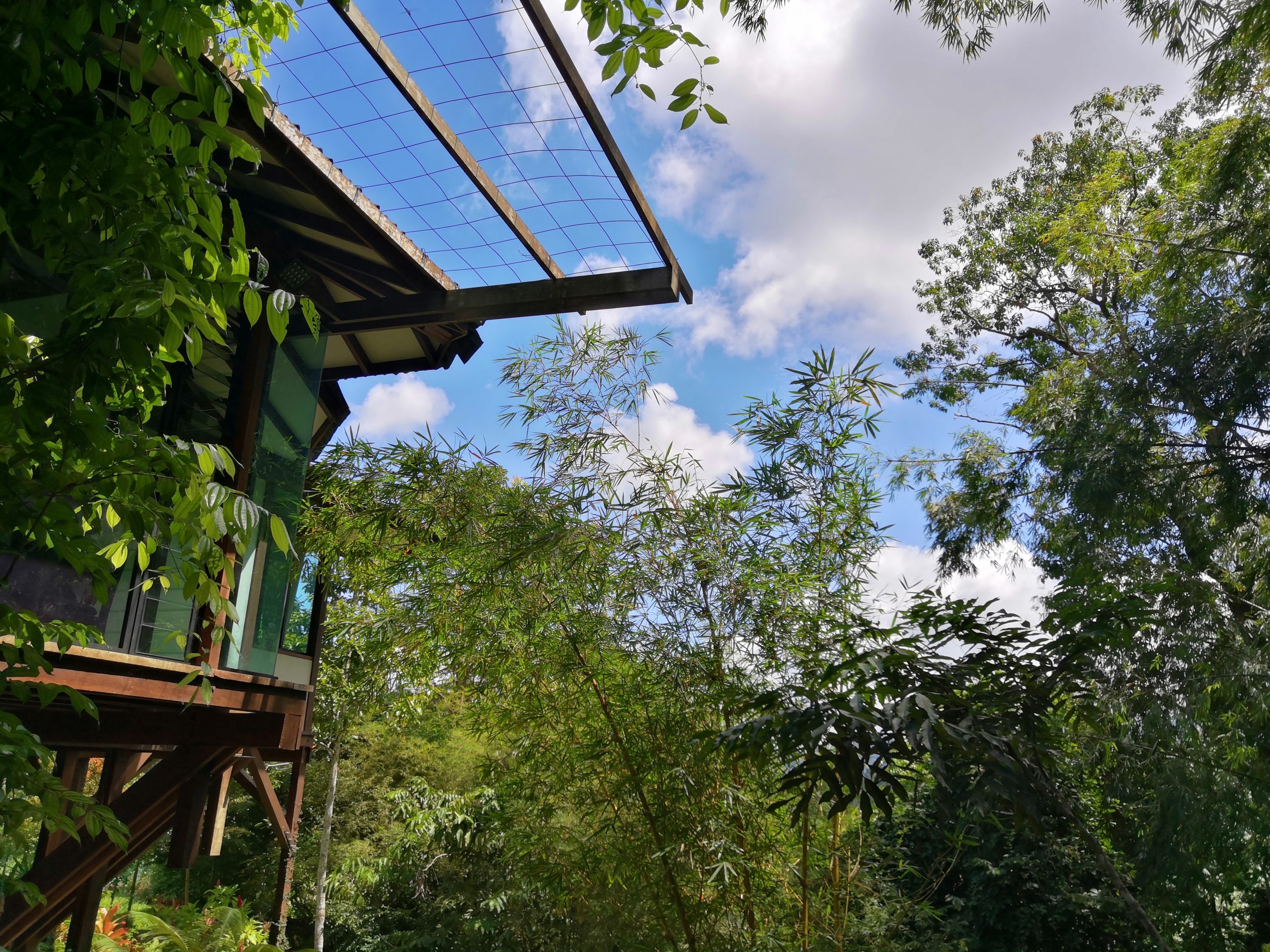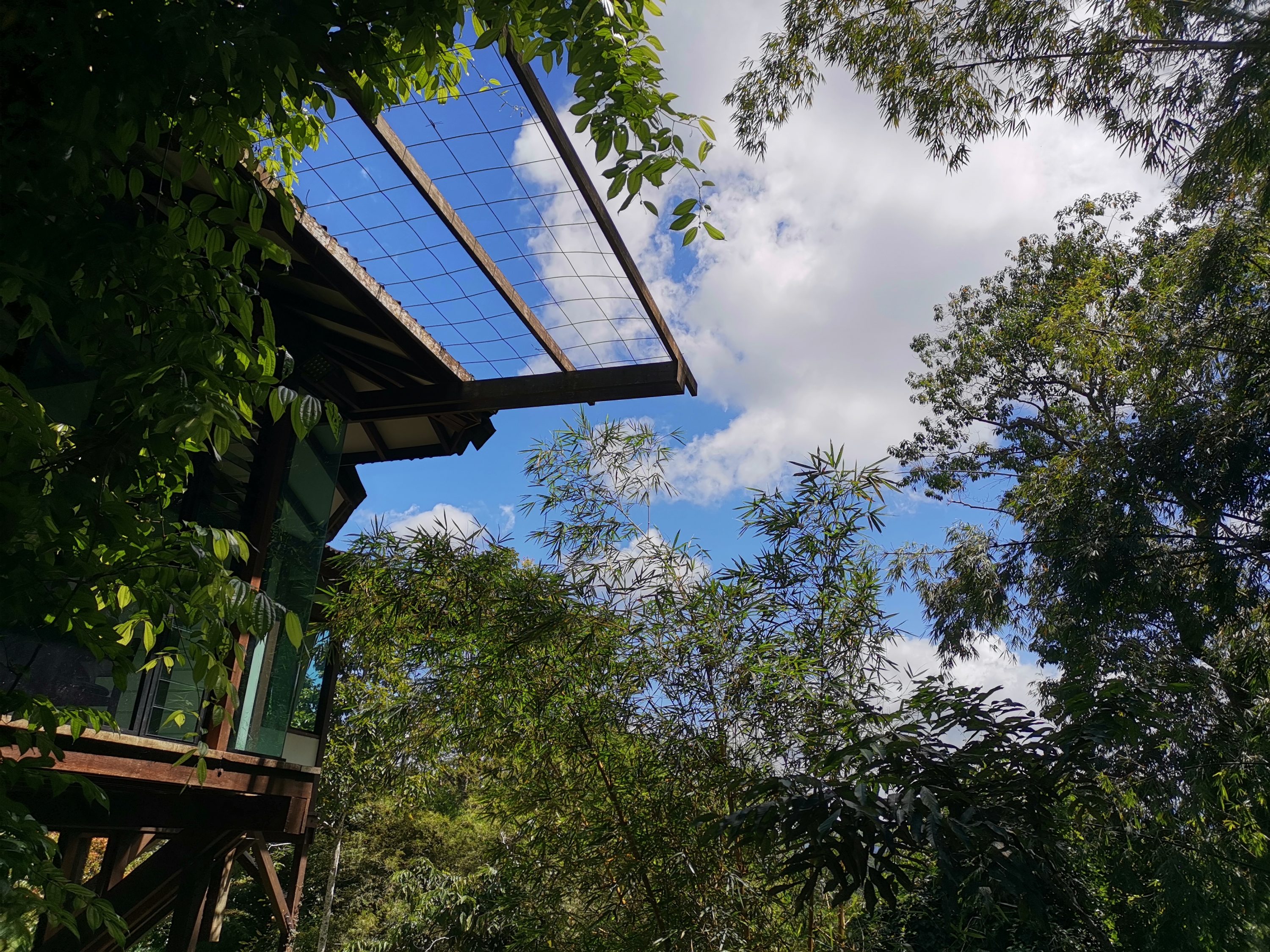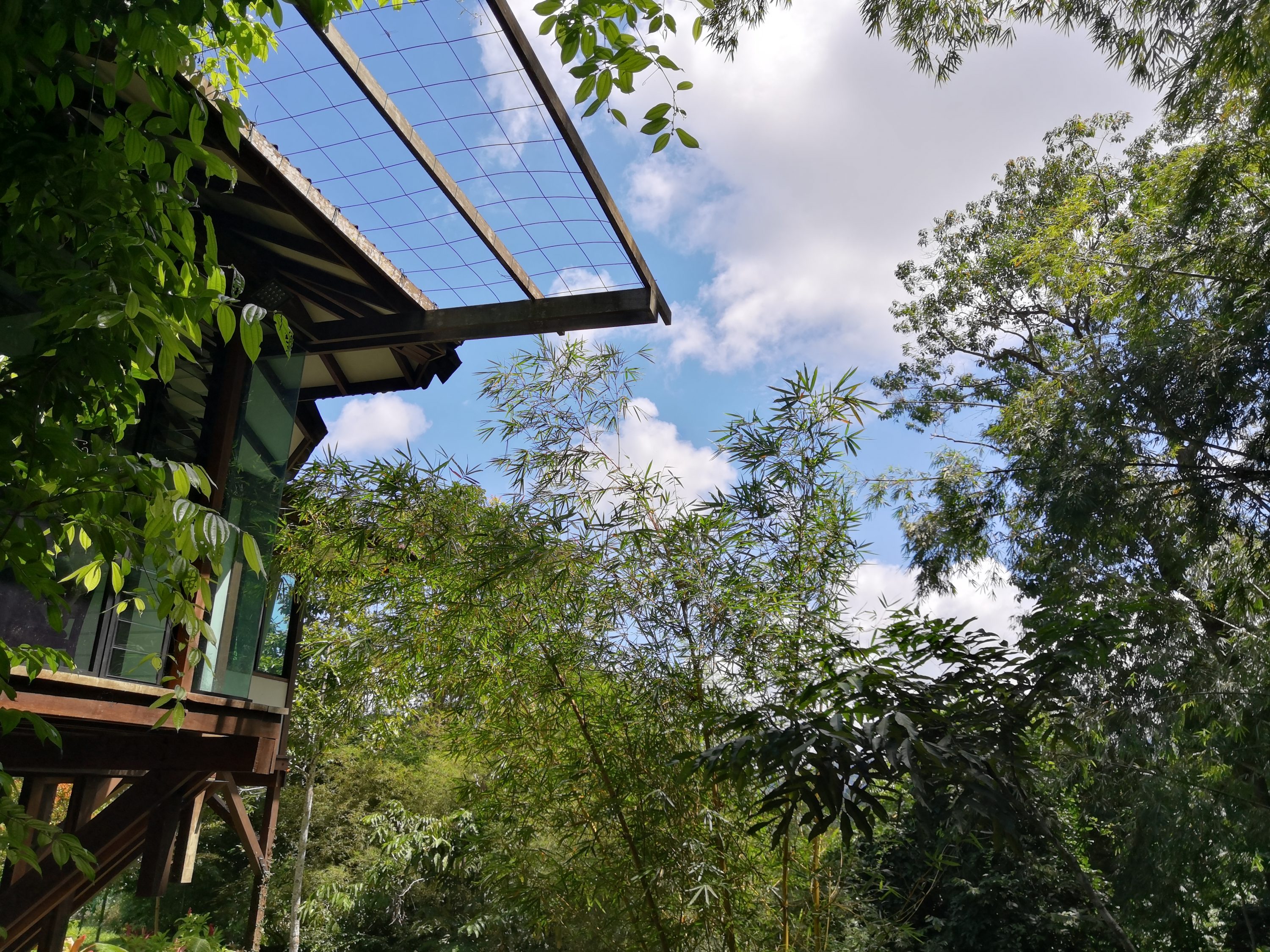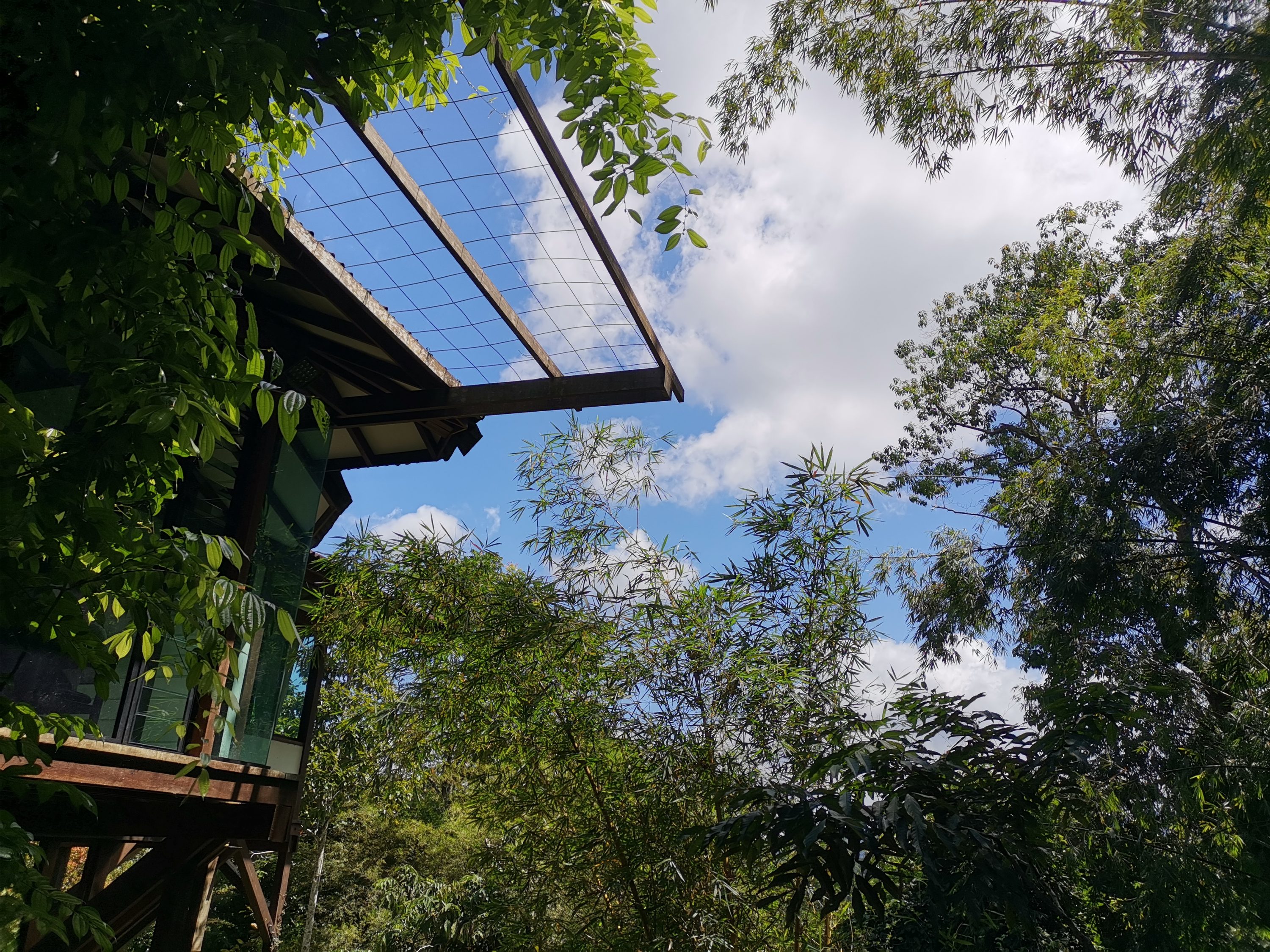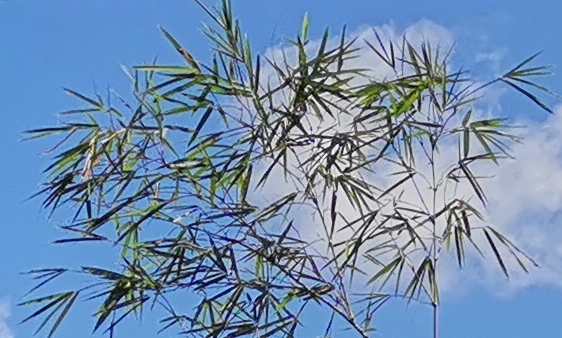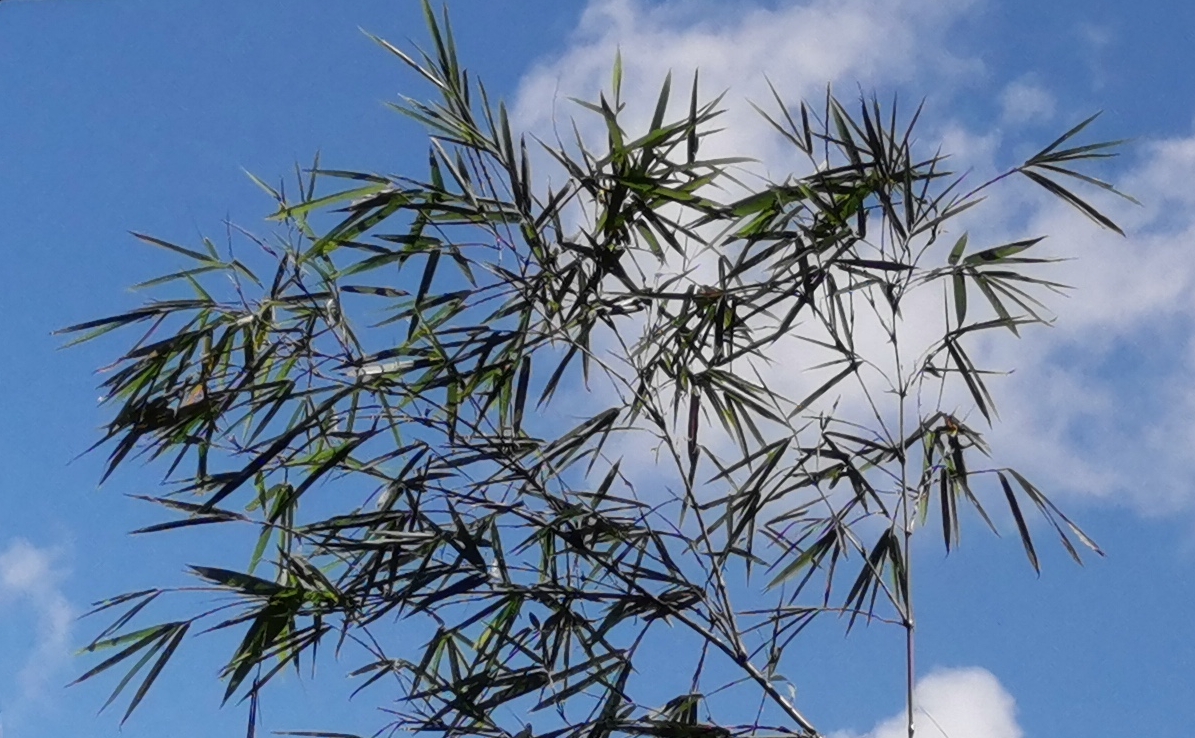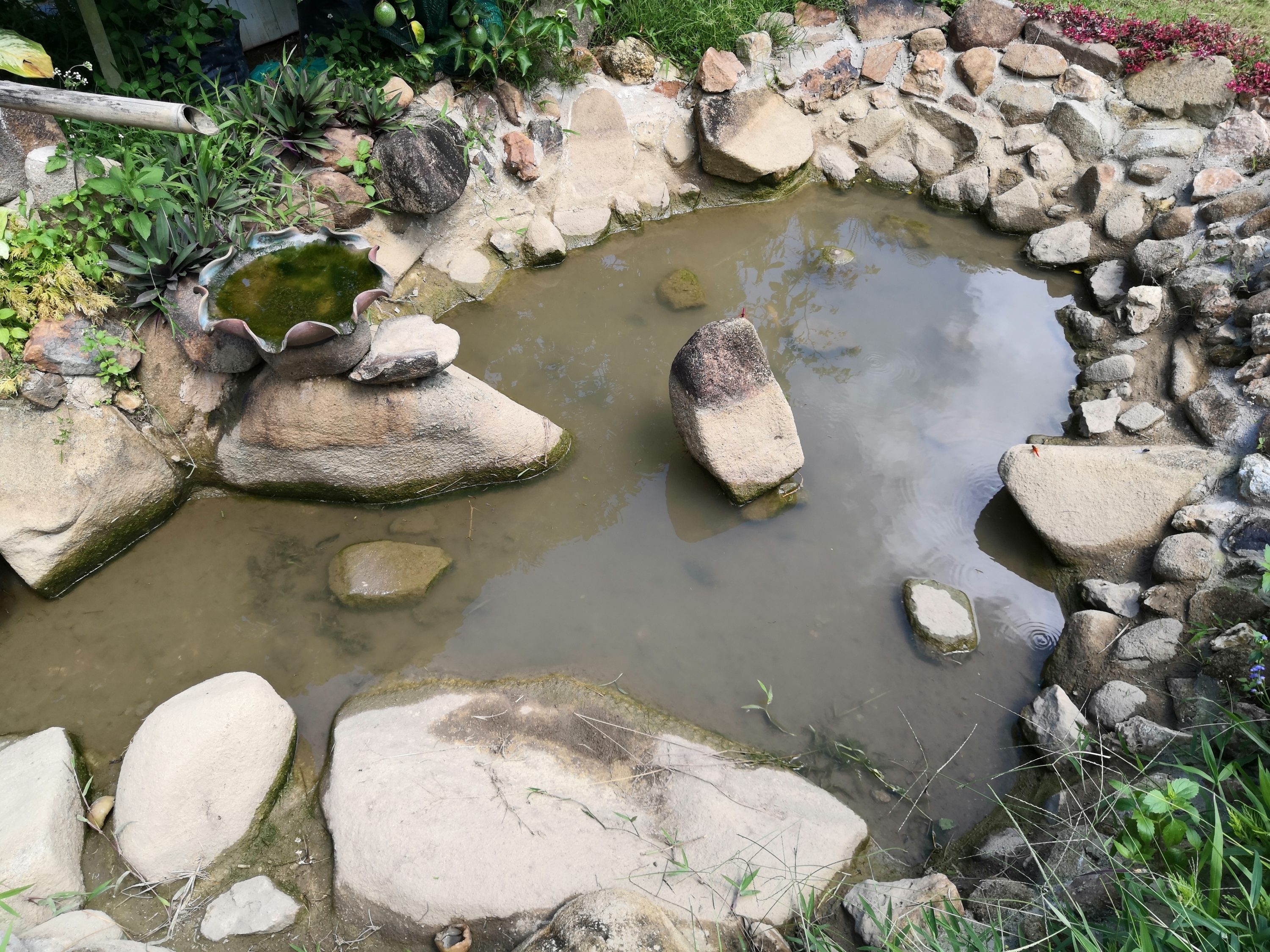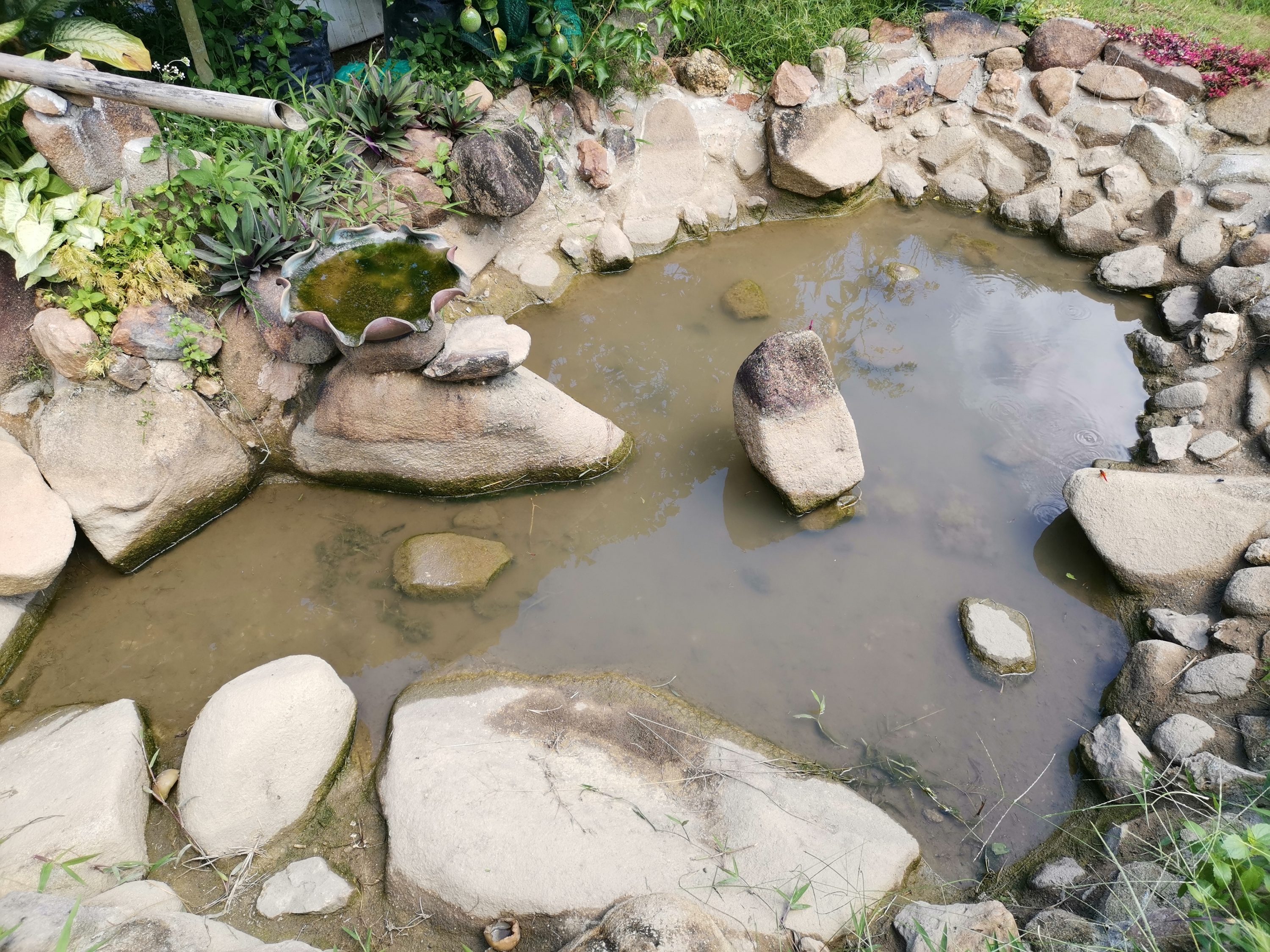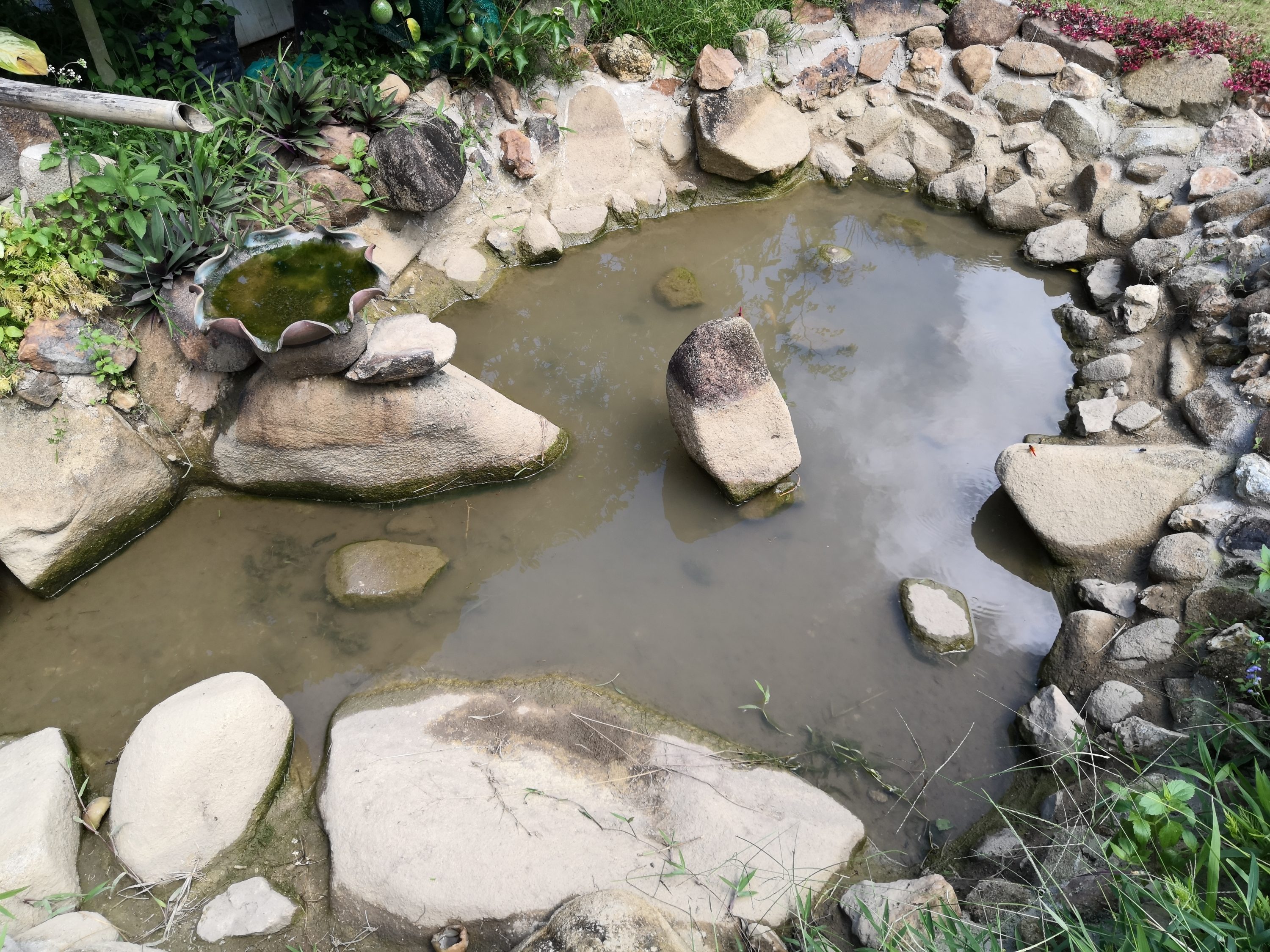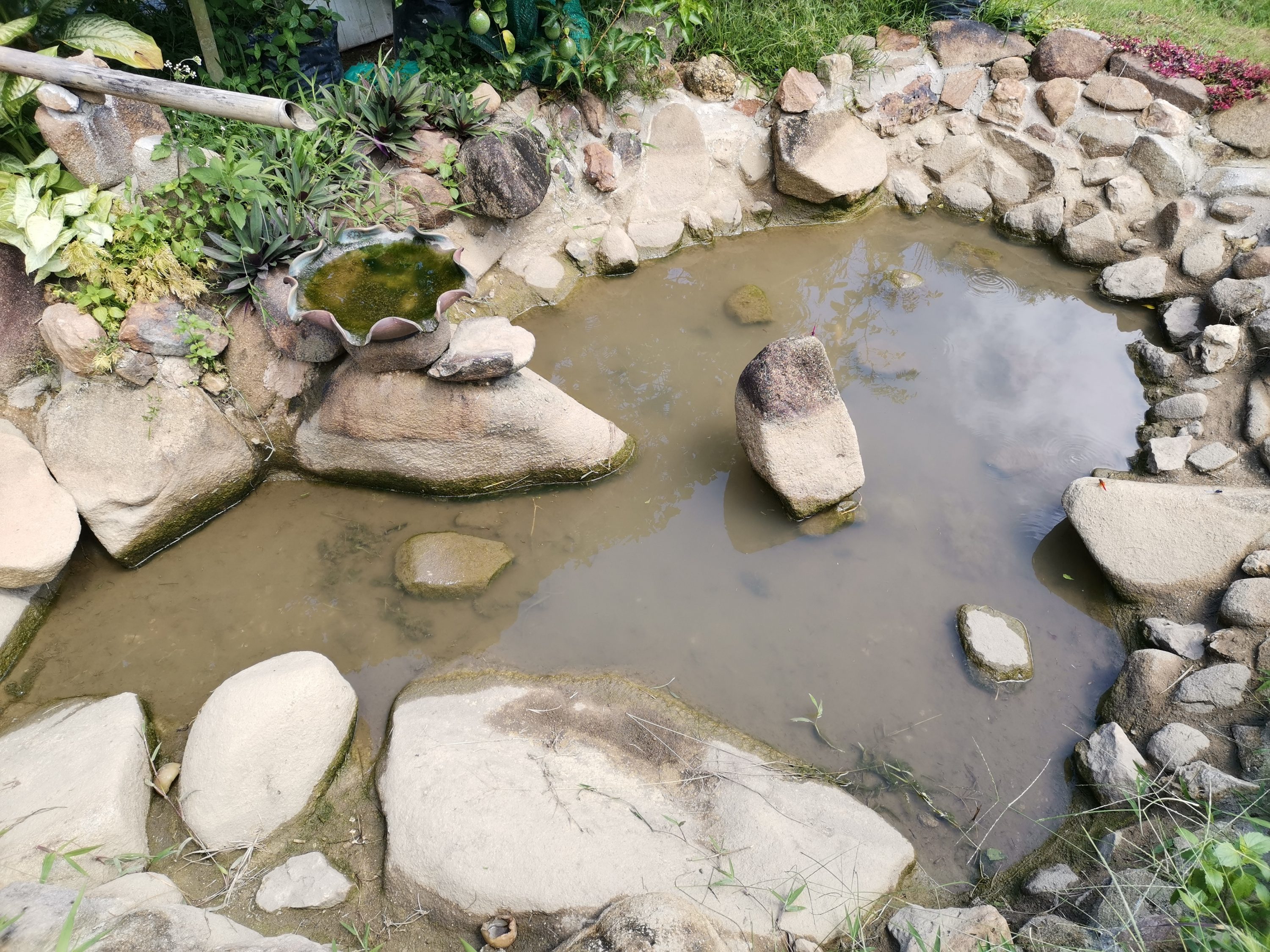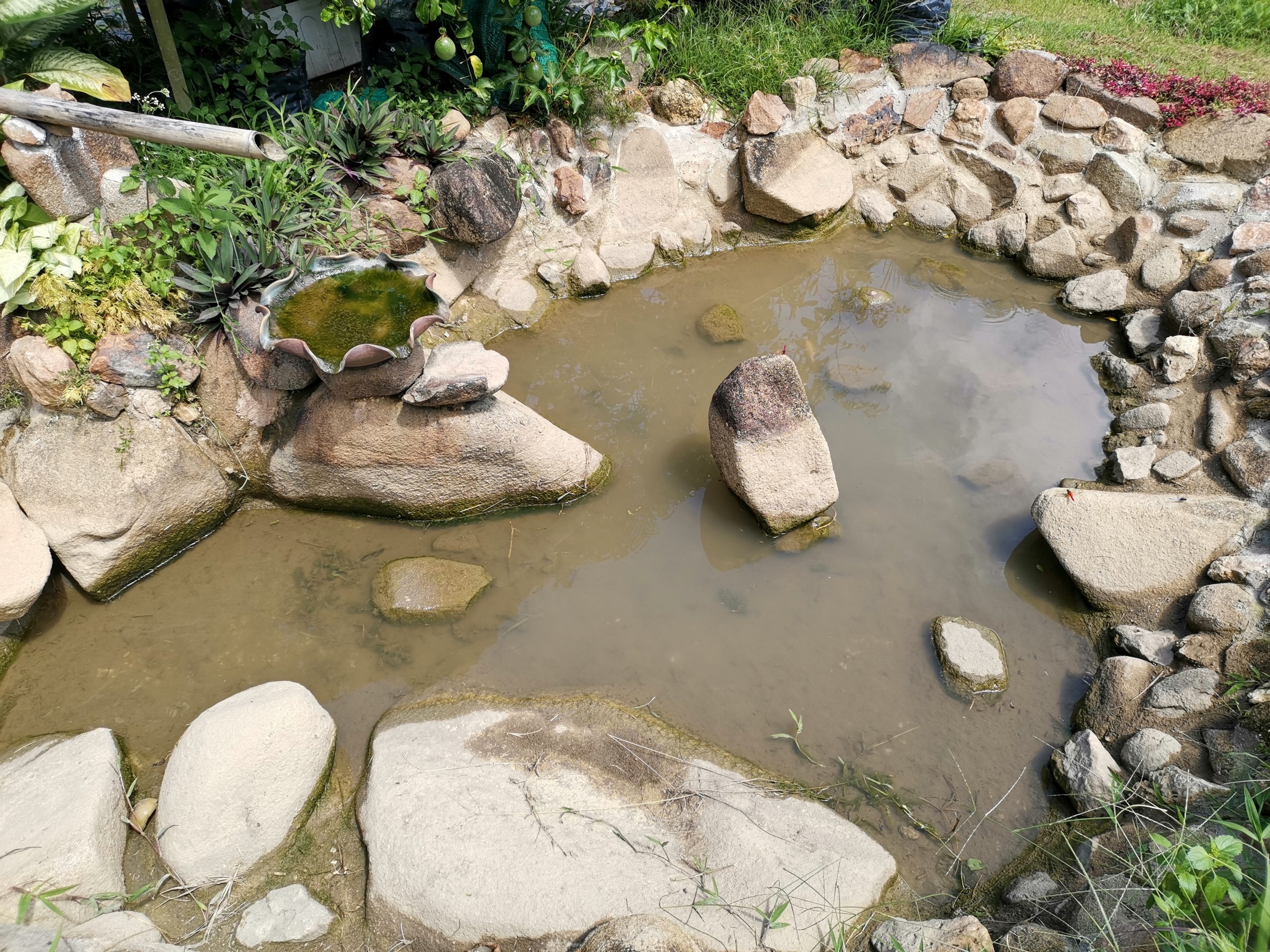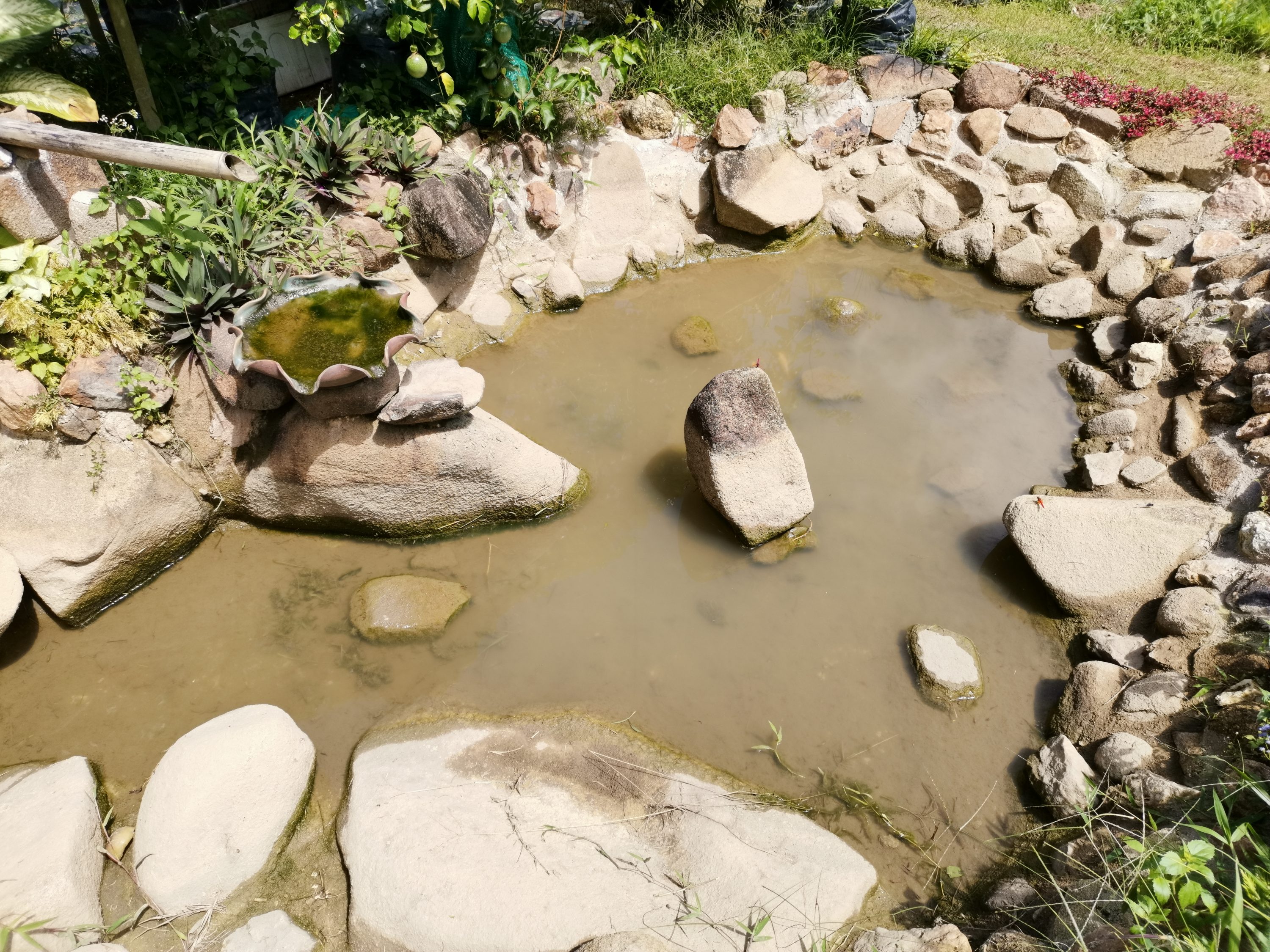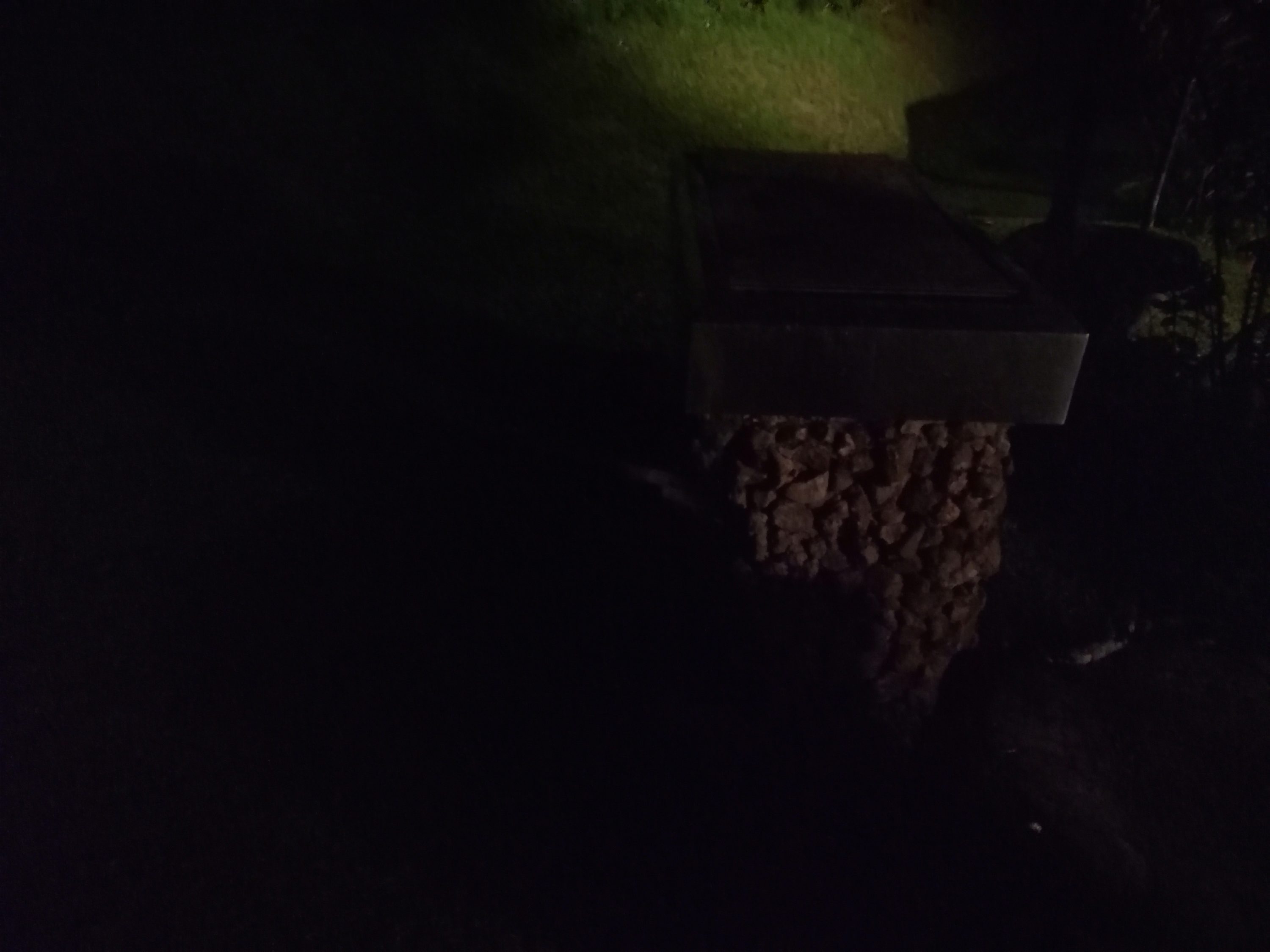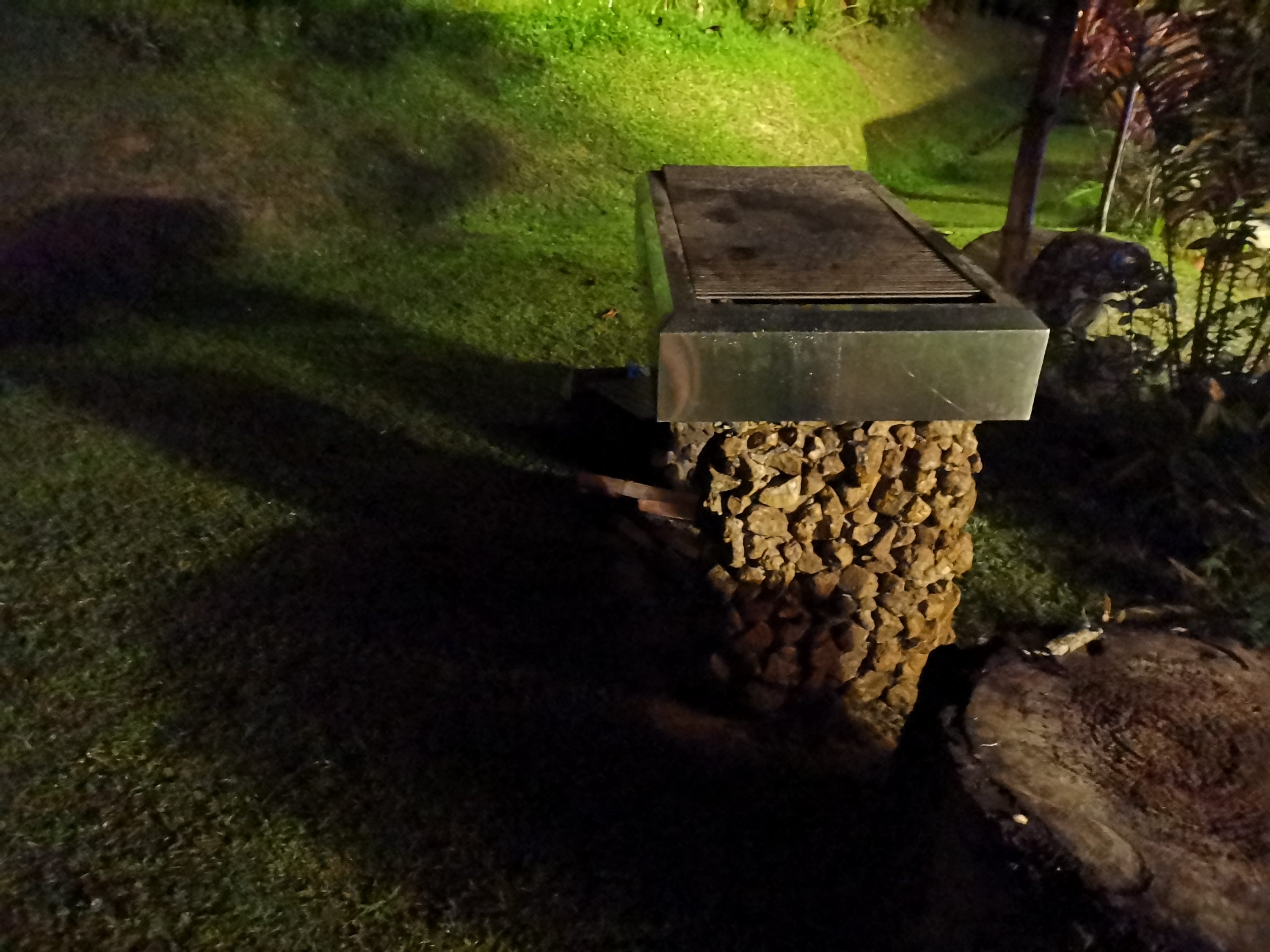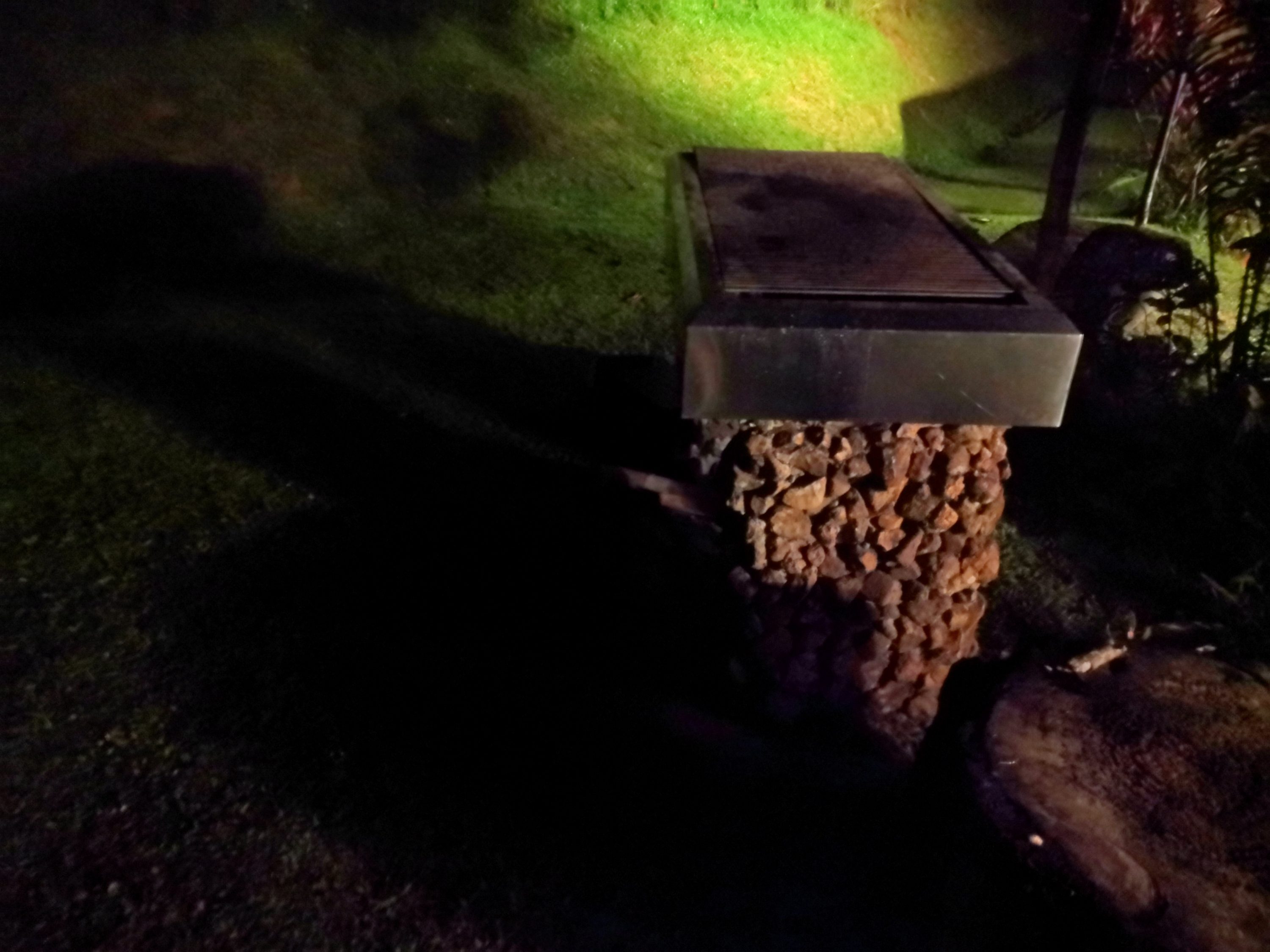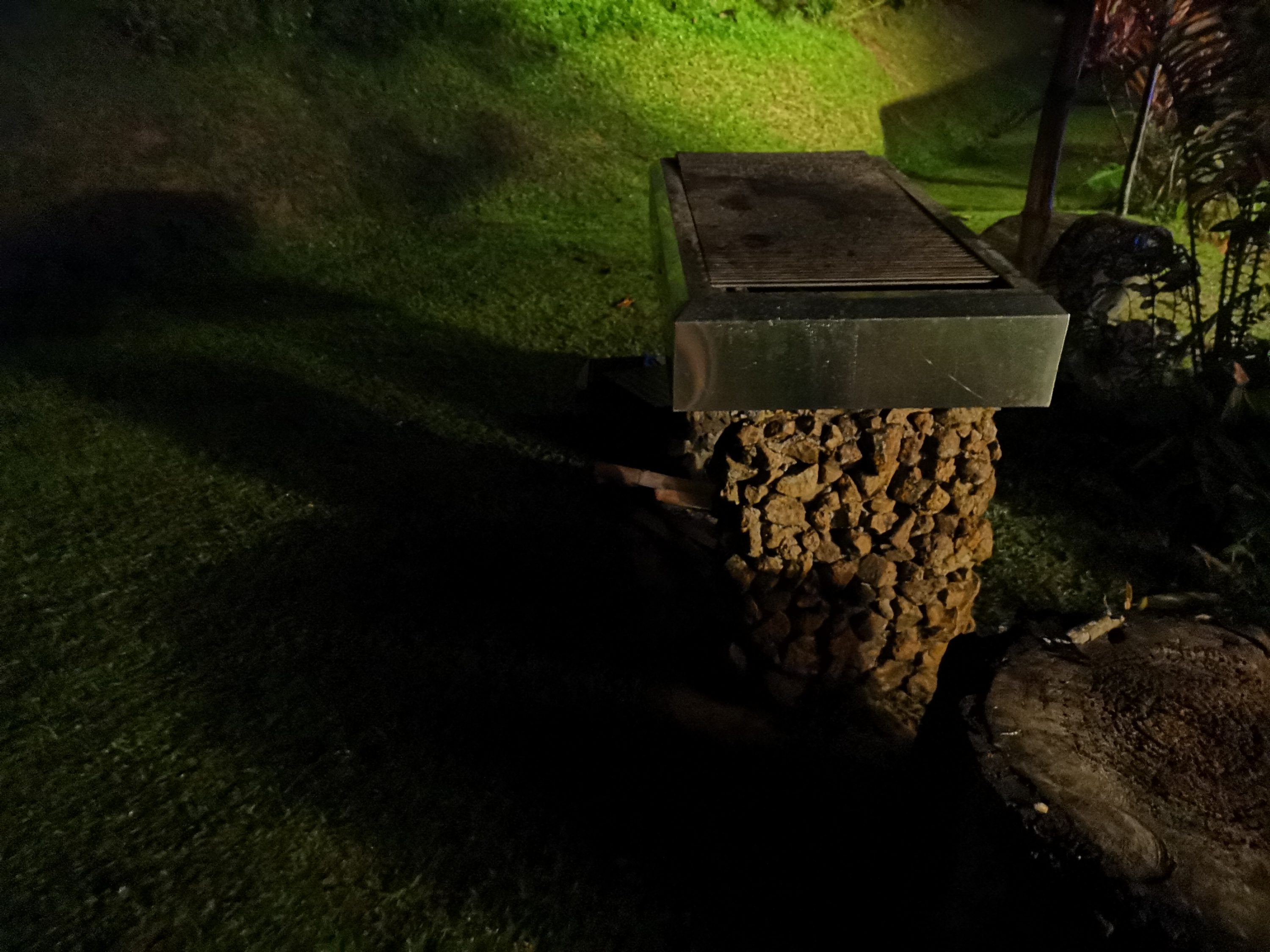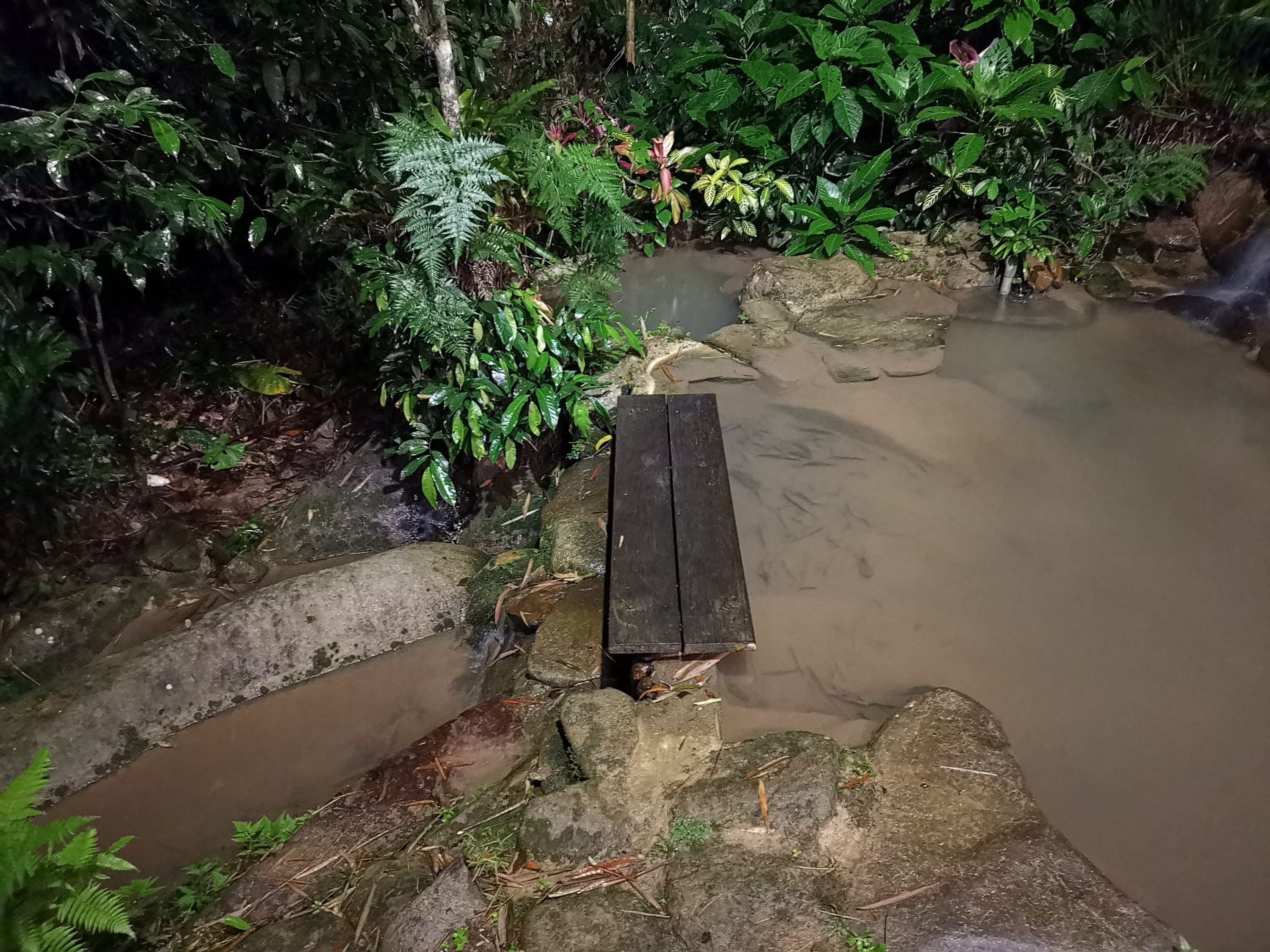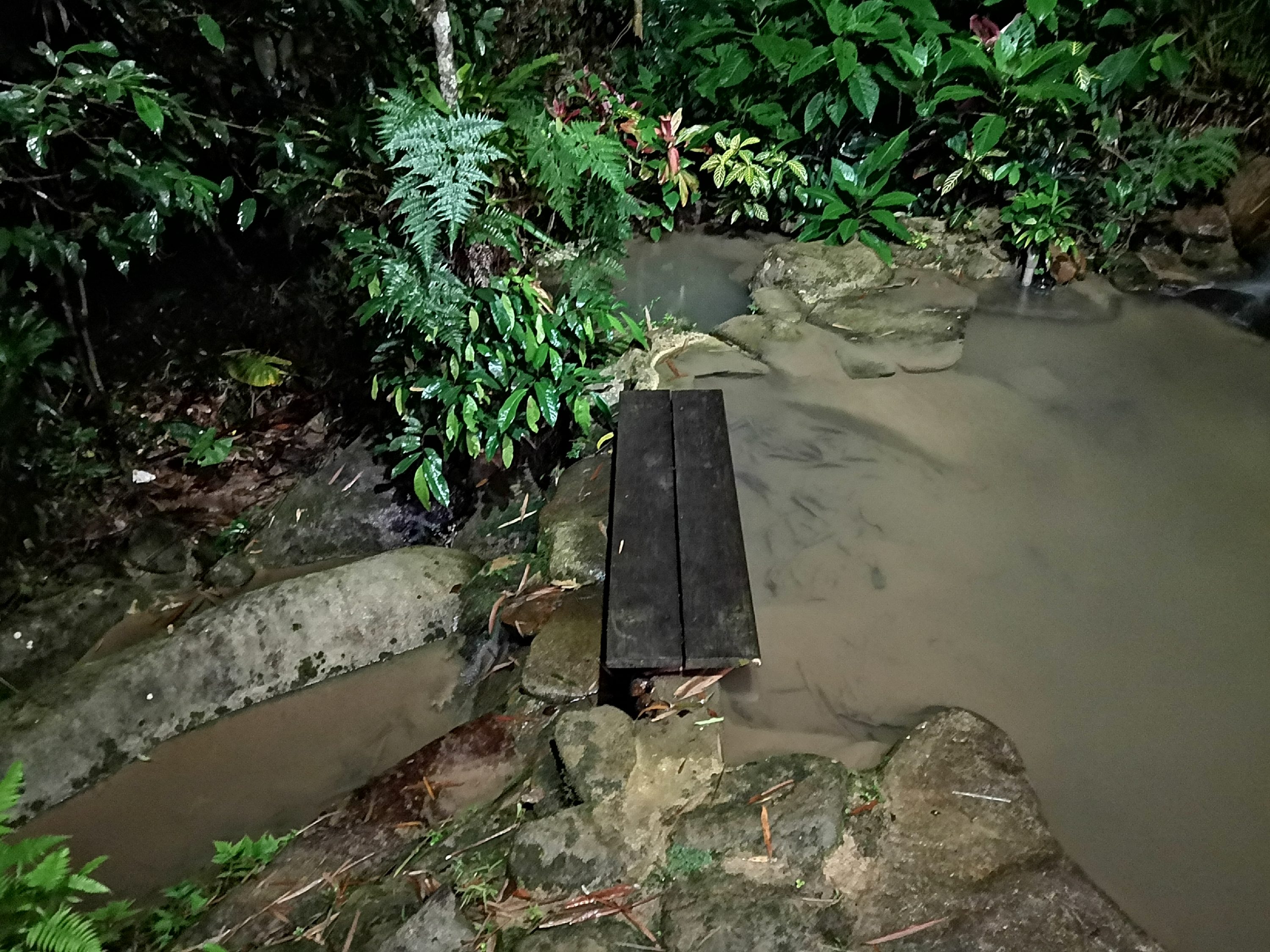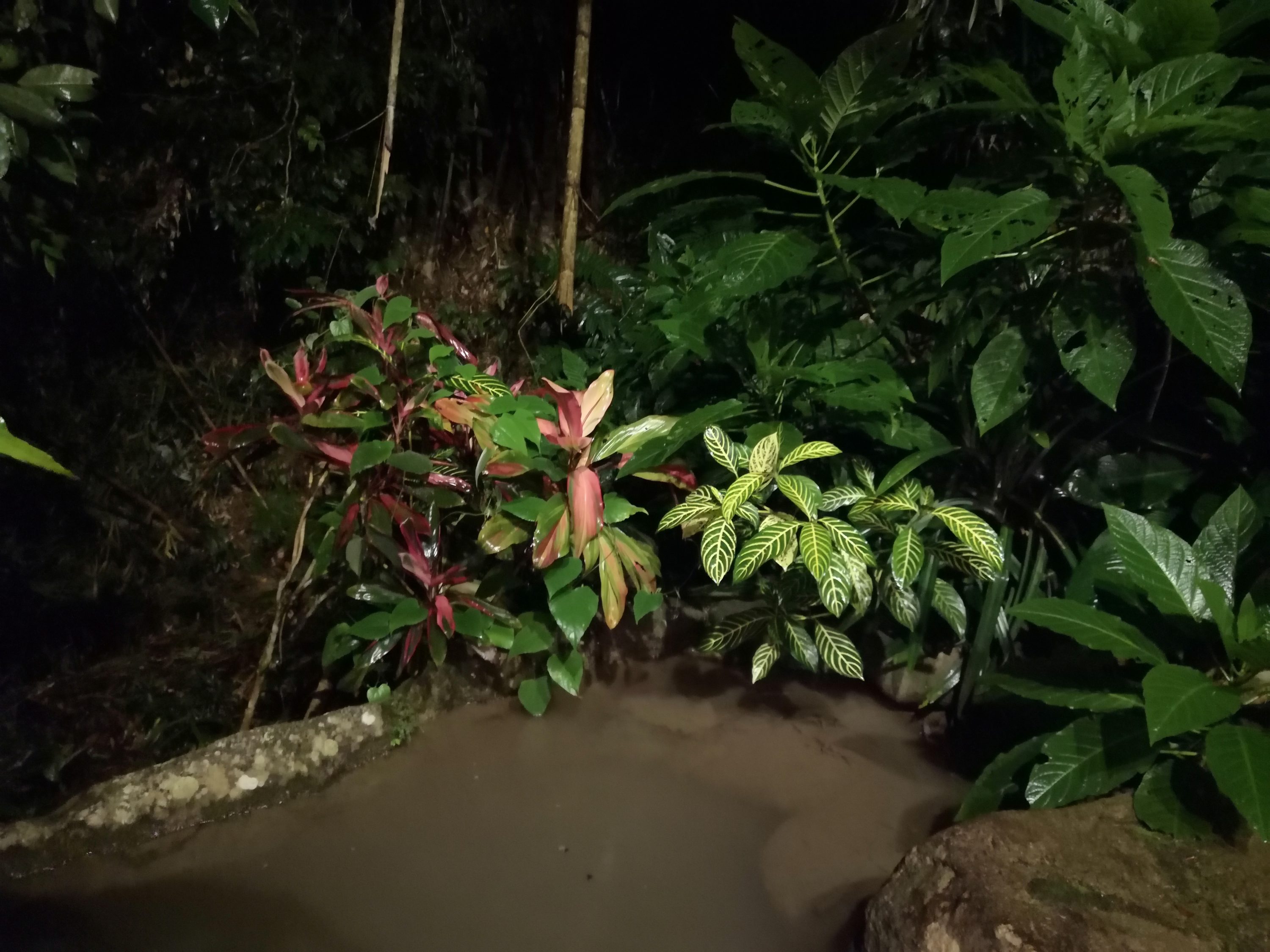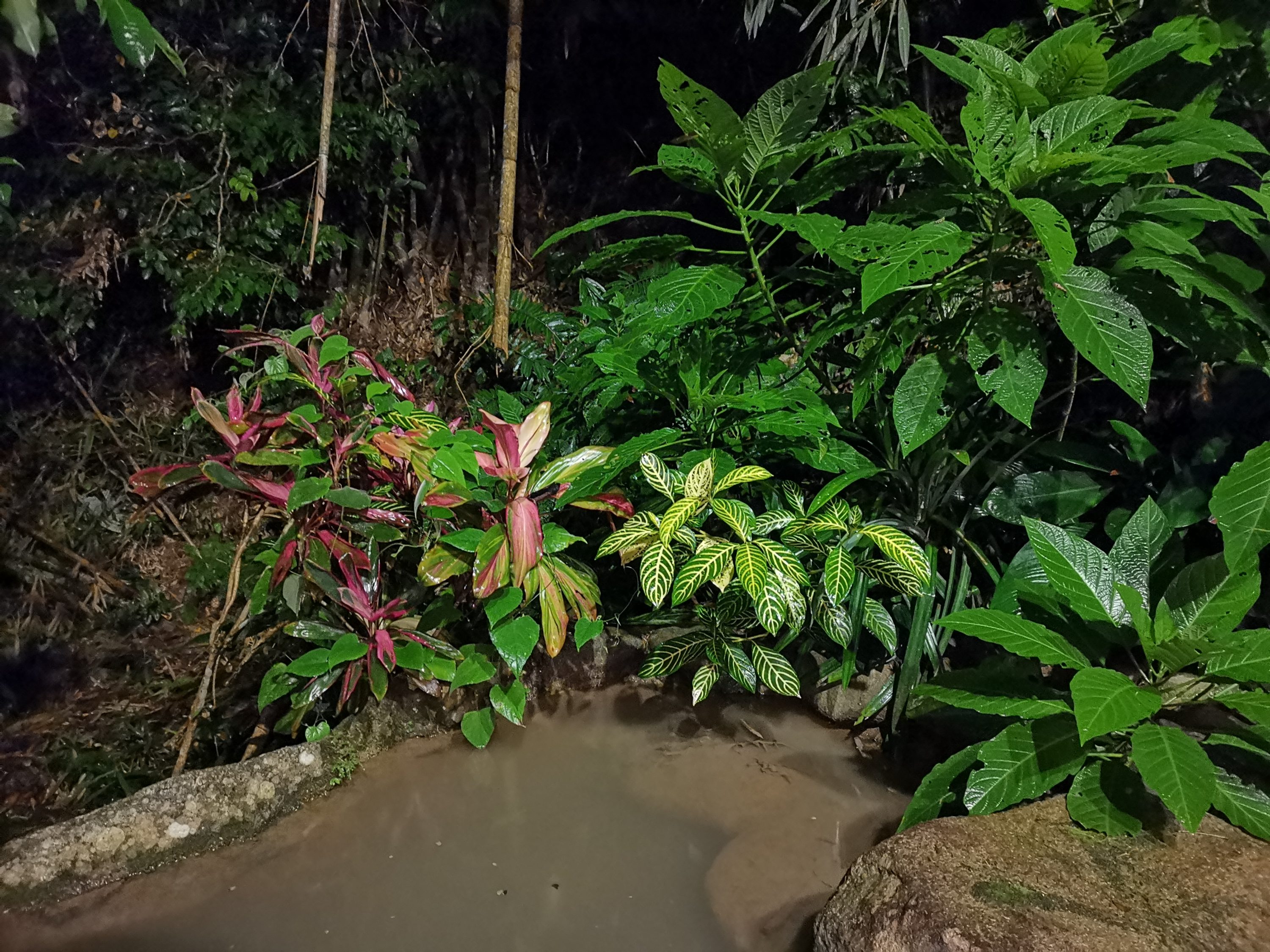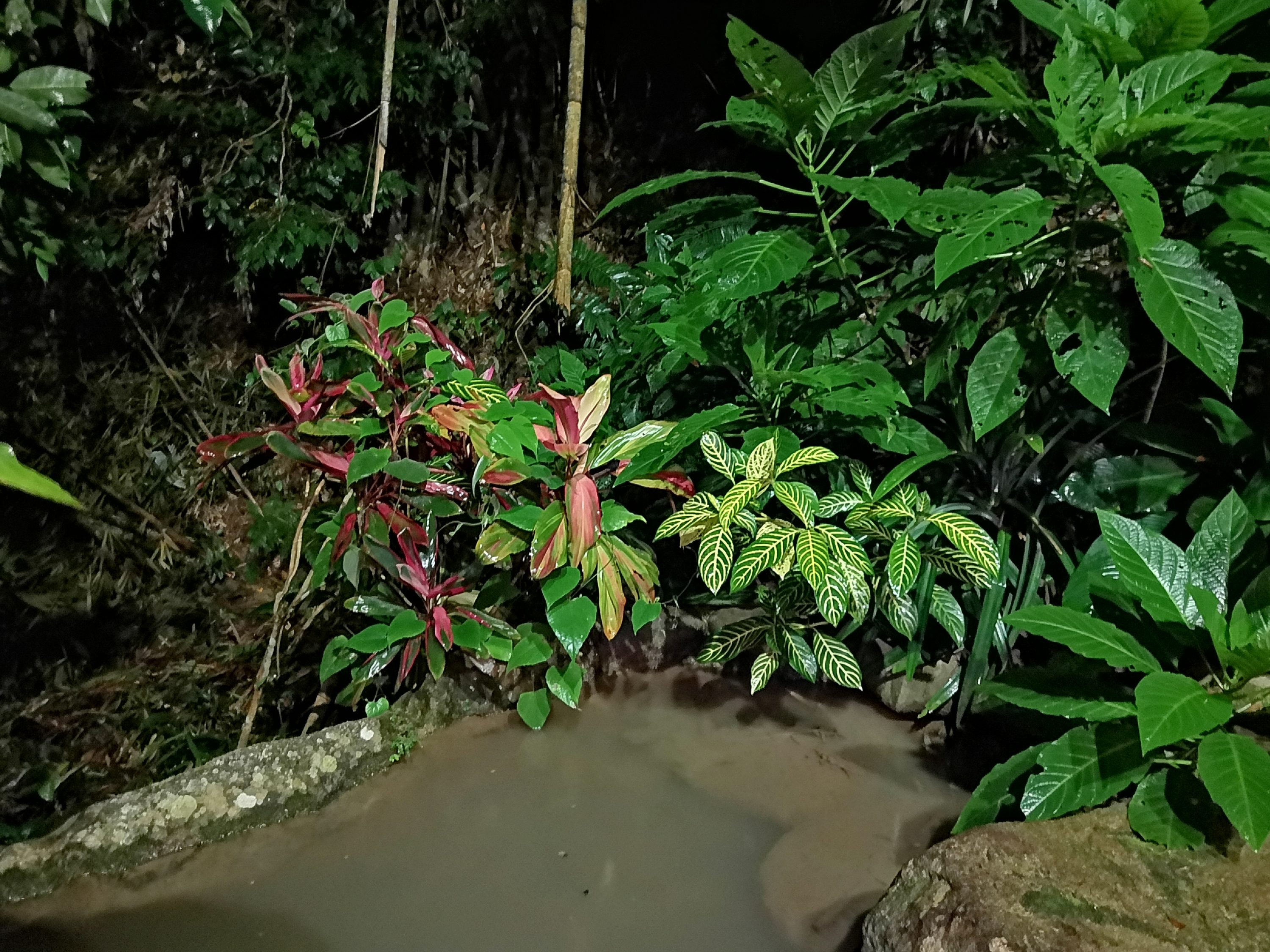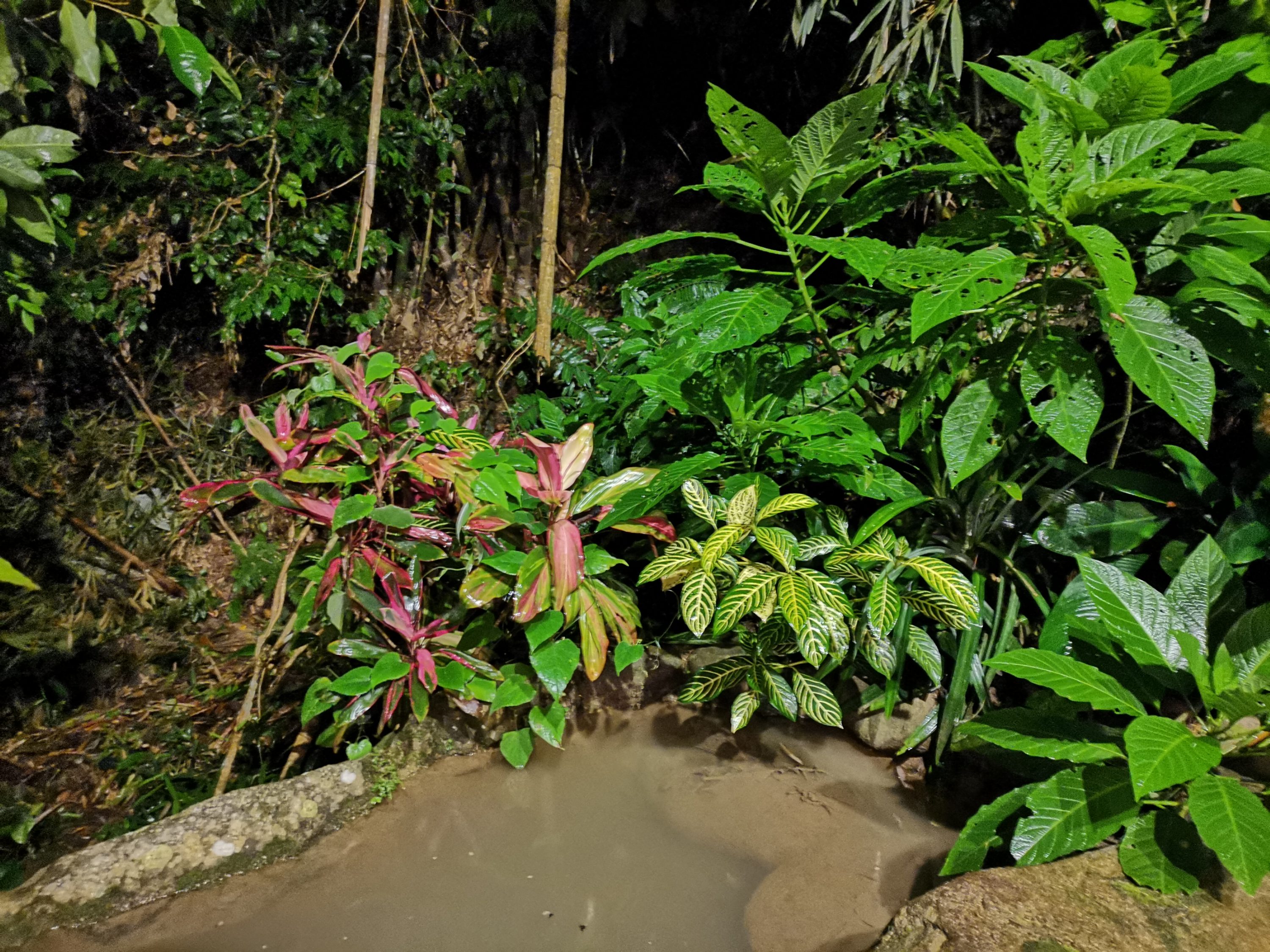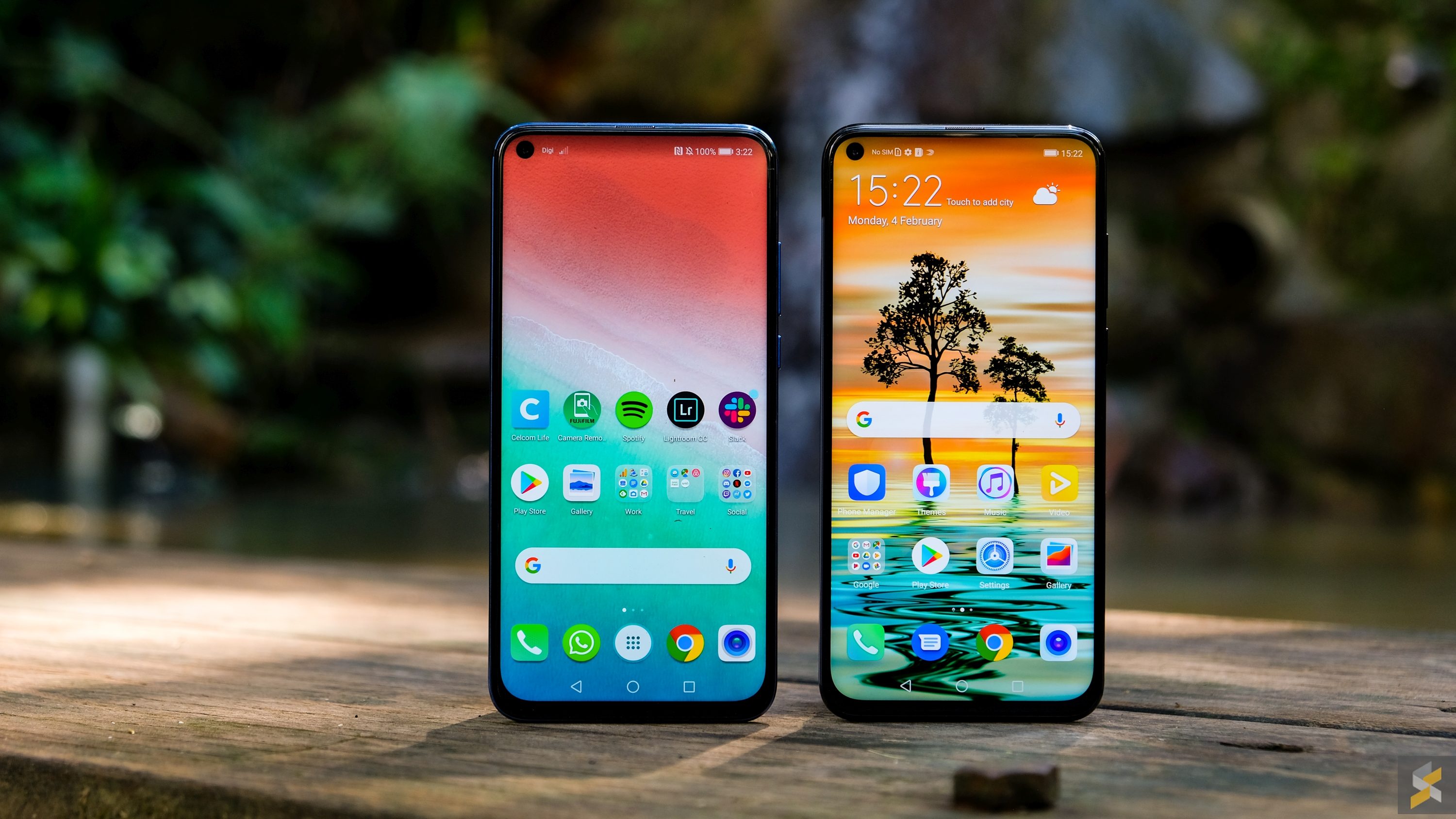
In my time writing for SoyaCincau.com, never have two smartphones been as similar — or as closely contested — as the Huawei Nova 4 and the Honor View 20. From the looks themselves, these two smartphones are practically identical. Then, you look at the screen, user experience and features and you realise that they’re pretty similar there too.
One of the biggest differences between these two handsets are their primary camera setups. So, since a lot of you have been asking, let’s see how these smartphone cameras stack up to each other.
Get ready, because it’s time for another camera comparison y’all!
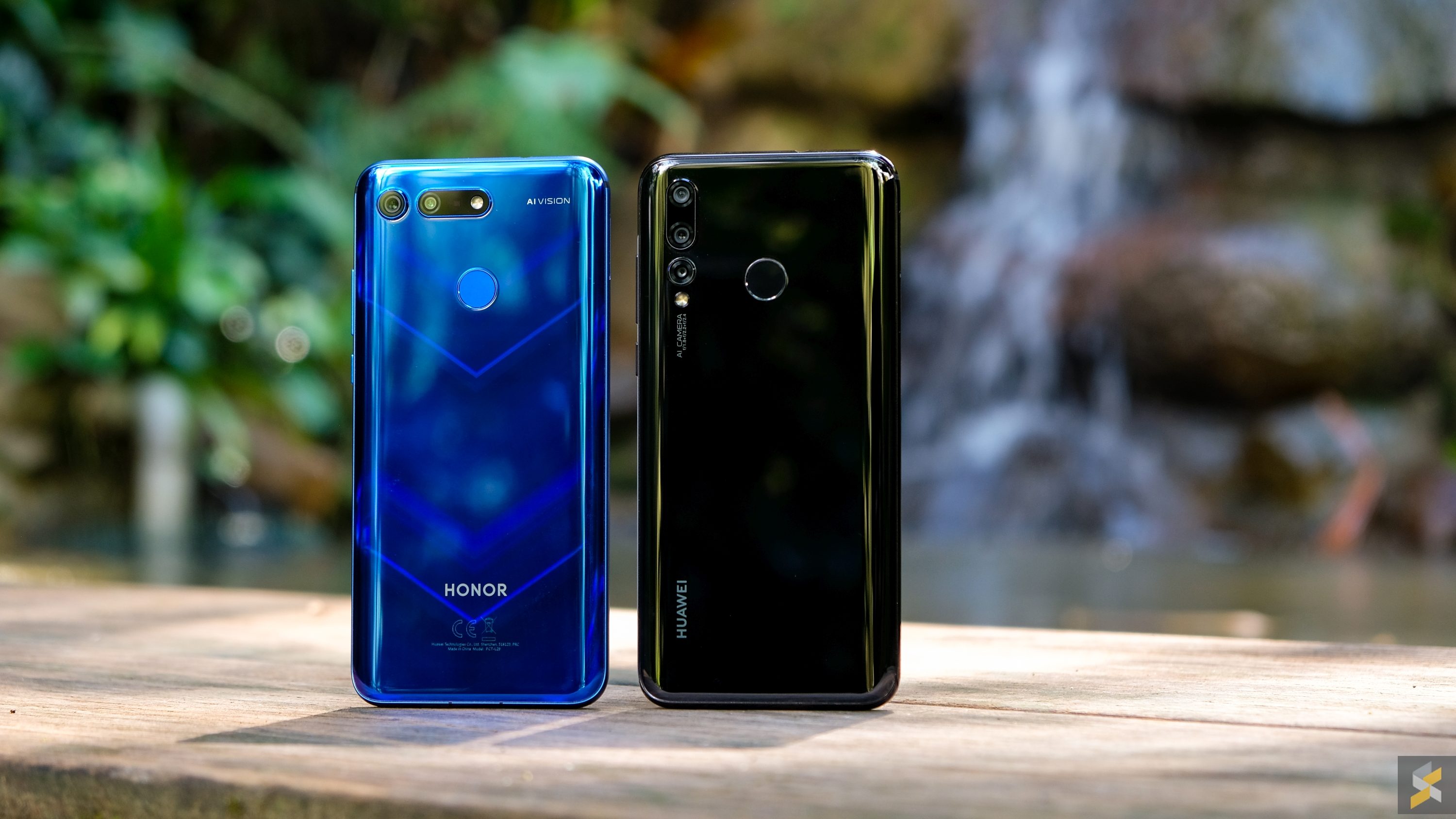
The Contenders
I don’t even know why I wrote this part since the contenders are basically in the title, but in case you skipped over that part, we’re comparing the Honor View 20 and the Huawei Nova 4.
In the Sapphire Blue corner, we’ve got the Honor View 20. Its main sensor is a 48 megapixel unit that’s mated to an f/1.8 aperture lens. Besides that, the smartphone also features a secondary Time of Flight camera (ToF) that’s used for 3D information.
In the Black corner (I didn’t have the Crush Blue one) we’ve got the Huawei Nova 4. Unfortunately for the Malaysian market, we won’t be getting the Nova 4 with a 48MP primary sensor. Instead, we have to “settle” for a 20MP f/1.8 main camera instead. However, this main camera is augmented with an additional two cameras: A 16MP f/2.2 ultra-wide, and a 2MP f/2.4 camera for depth effects.
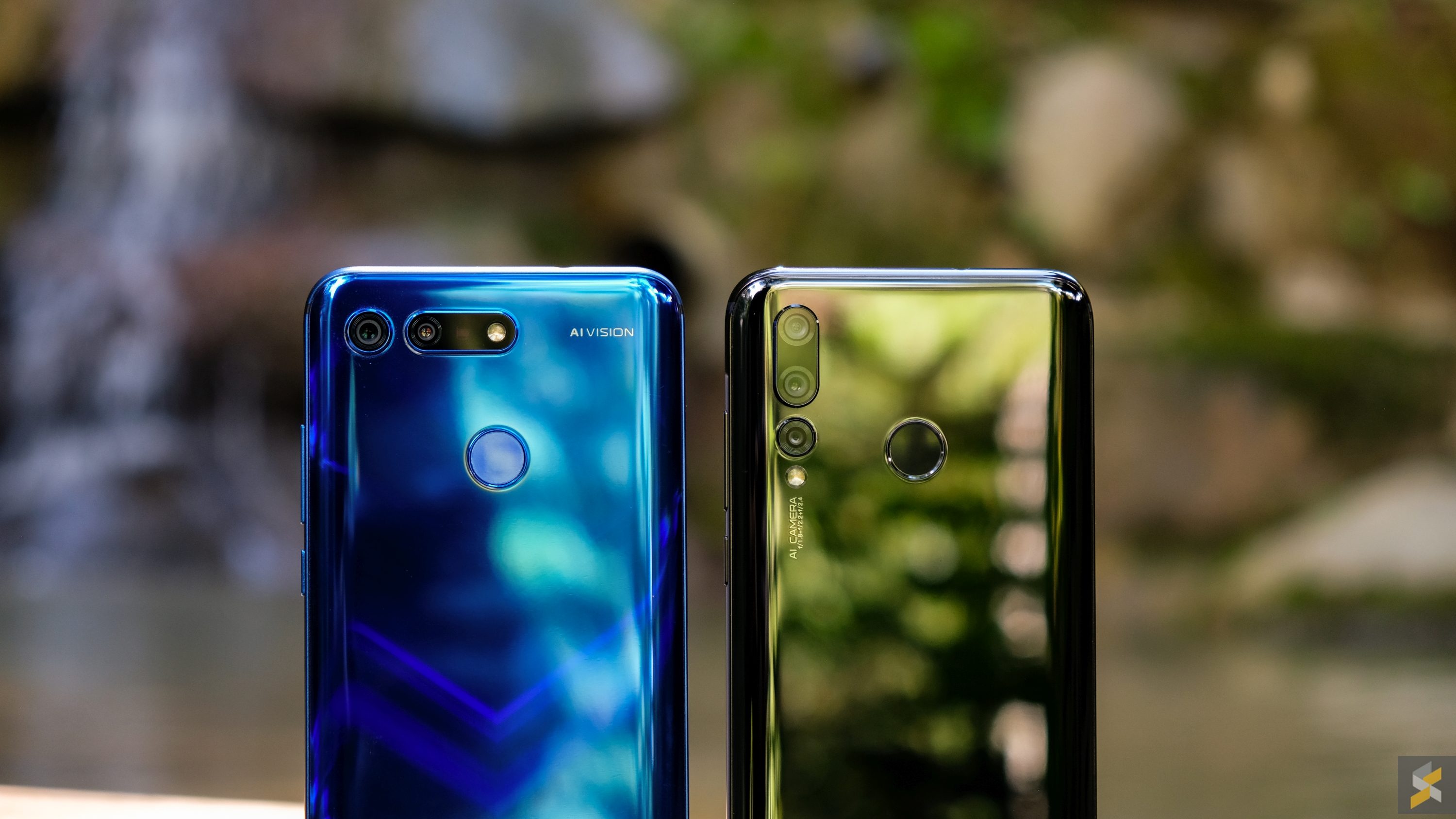
In typical Huawei/Honor fashion, both smartphones come with some kind of AI scene recognition that will tweak the camera’s settings depending on the scene you’re shooting. However, with the Honor View 20, you’re also getting a multi-scene recognition technology that will be able to recognise multiple elements in a scene and adjust the settings accordingly. I didn’t encounter any of these on the Nova 4, but it’s hard to tell how much these really affect the final photo.
A couple of things to note before we begin. Honor’s View 20 doesn’t have an ultra-wide lens, but it does have a 48MP Ultra Clarity mode which is supposed to bring out the details in a photo. It also increases the size of the photo by about 5MB. Both devices also feature a form of Night Mode, but in my experience are far less effective than the one on a Mate 20 Pro or Google Pixel 3 XL. Unlike the Mate 20 Pro, Night Mode doesn’t work on the Nova 4’s ultra wide lens, nor does it work when you zoom in.
Much like our Night Sight vs Night Mode comparison, I won’t go into too much detail breaking down each photo. I will occasionally point out some of the more obvious things that you should look at, while also giving you context and some insight into each scene that we shot. So, be sure to click on each photo to view its full resolution, and decide for yourself which camera is better. I will, of course, pick the one that I think performed the best at the end of the article.
OK, now that we have all of that out of the way, let’s begin the camera comparison with the first scene.
PS: This article is best viewed on desktop.
SCENE 1
Here’s a straightforward close up shot of a purple flower with AI on. As you can tell, both phones took a different approach with the white balance, saturation and vibrancy settings for this photo. The View 20’s is far warmer than the Nova 4’s even though both were shot in identical lighting conditions.
SCENE 2
A pretty basic daylight shot with a couple of pockets for shadows to live in. This is a pretty decent test of HDR performance between these phones. The Pictures were taken with AI mode turned on, so you can see the big difference between the blues in the sky. To my eyes, the View 20 has the more accurate colours here.
Flicking the AI optimisation off, you can immediately tell that there’s a difference between the colours of each image. They’re much more similar now, with the Nova 4 doing a much better job with the sky in the background.
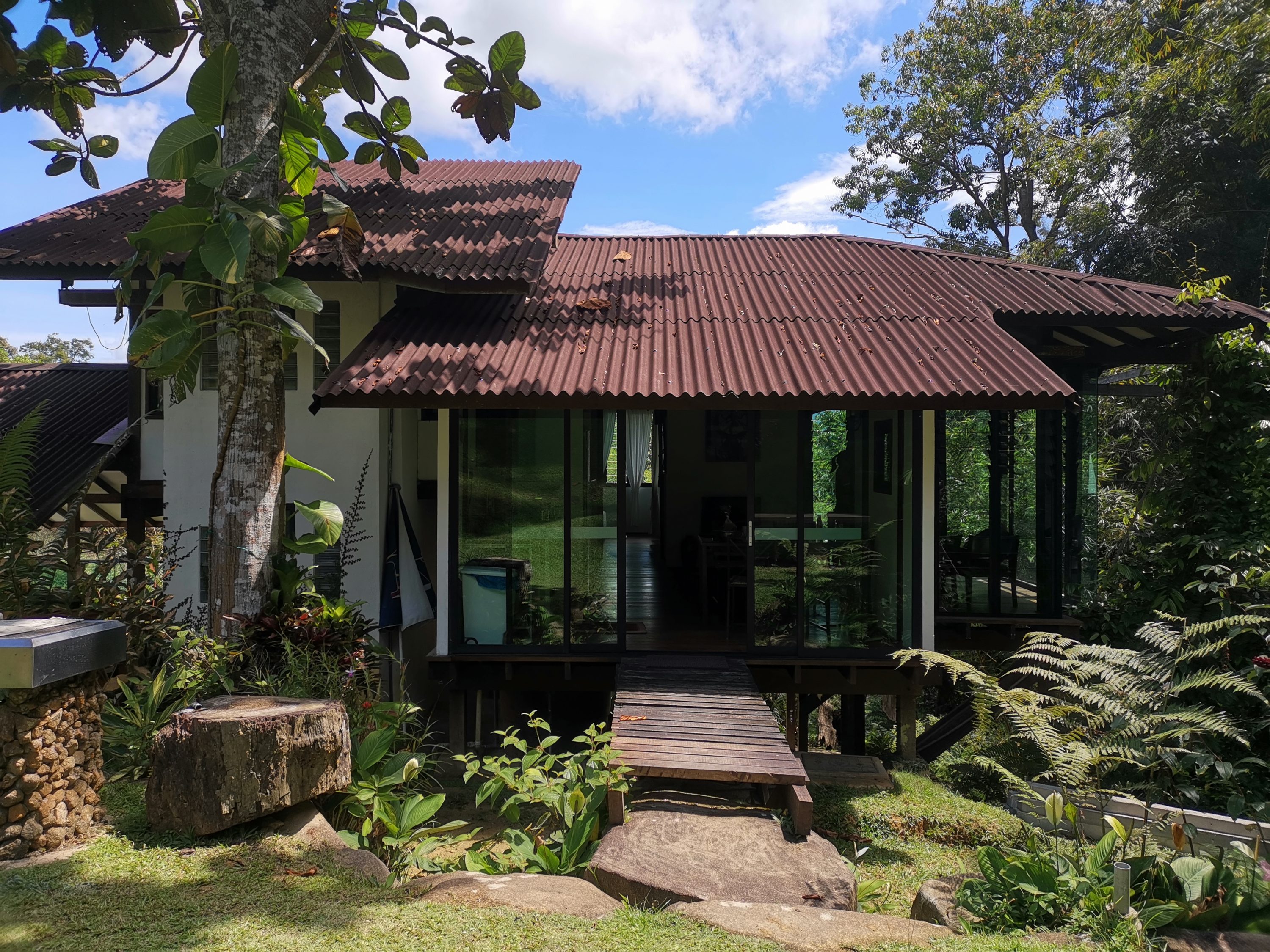
Since the 48MP camera is one of the biggest reasons people are interested in the Honor View 20, here’s what it looks like. There’s a pretty big difference in sharpness and detail between this and the AI Off photo, but not so much with this and the AI On photo.
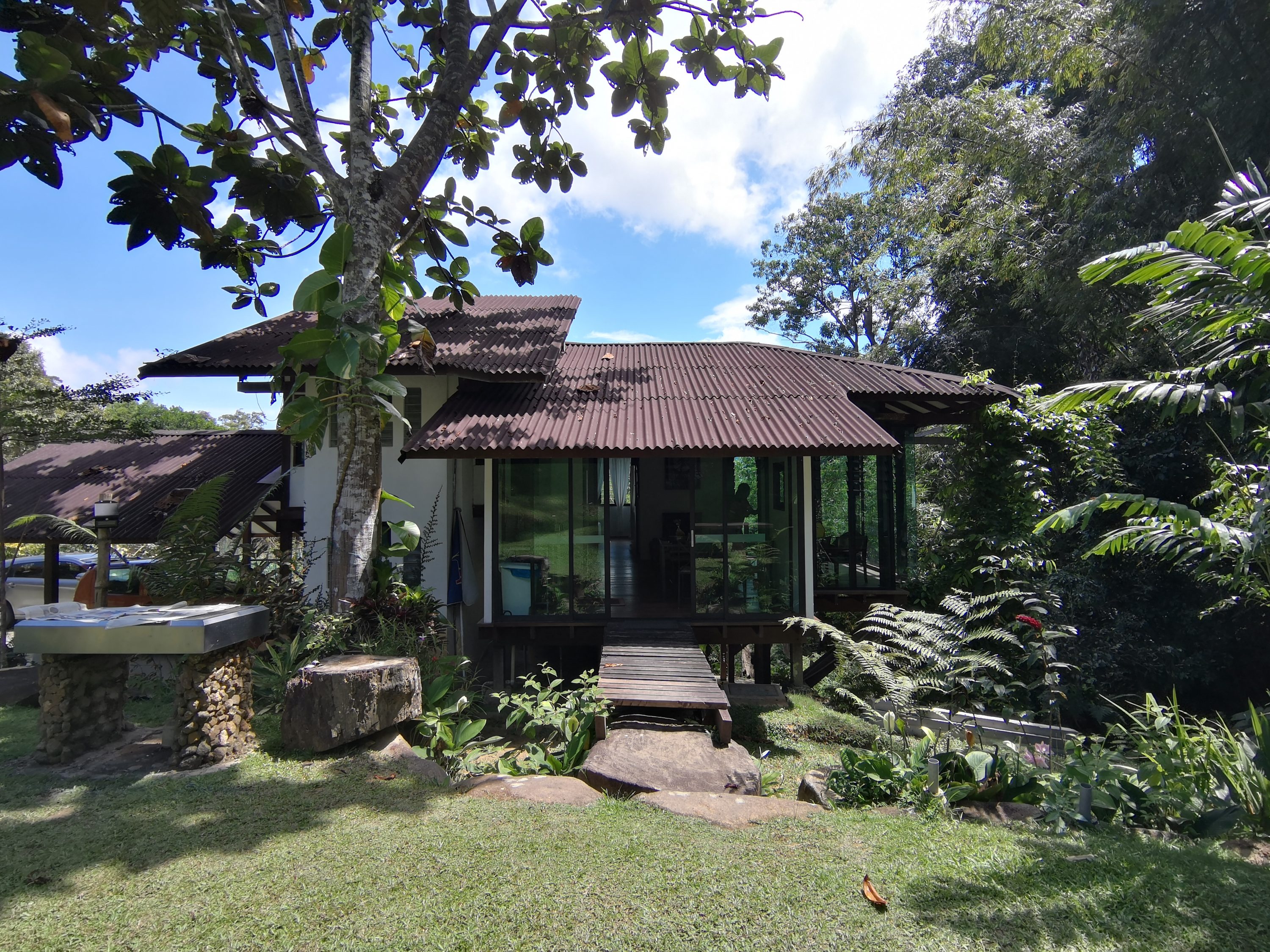
Meanwhile, the Nova 4 adds versatility with its ultra wide camera. However, there is a noticeable difference between the photos taken with this sensor versus the one with the main sensor.
SCENE 3
This is a slightly darker scene with a bright hot spot in the background. Again, the colours here are the most obvious differences between the two images. But, you can also tell that each camera takes a different approach to the overall exposure and dynamic range of this scene.
Here’s the same scene with AI turned off. Again, the greens in the Nova 4’s image here looks much more accurate, while the View 20 takes an interesting approach to the exposure, choosing to expose for the shadows for a much flatter image.
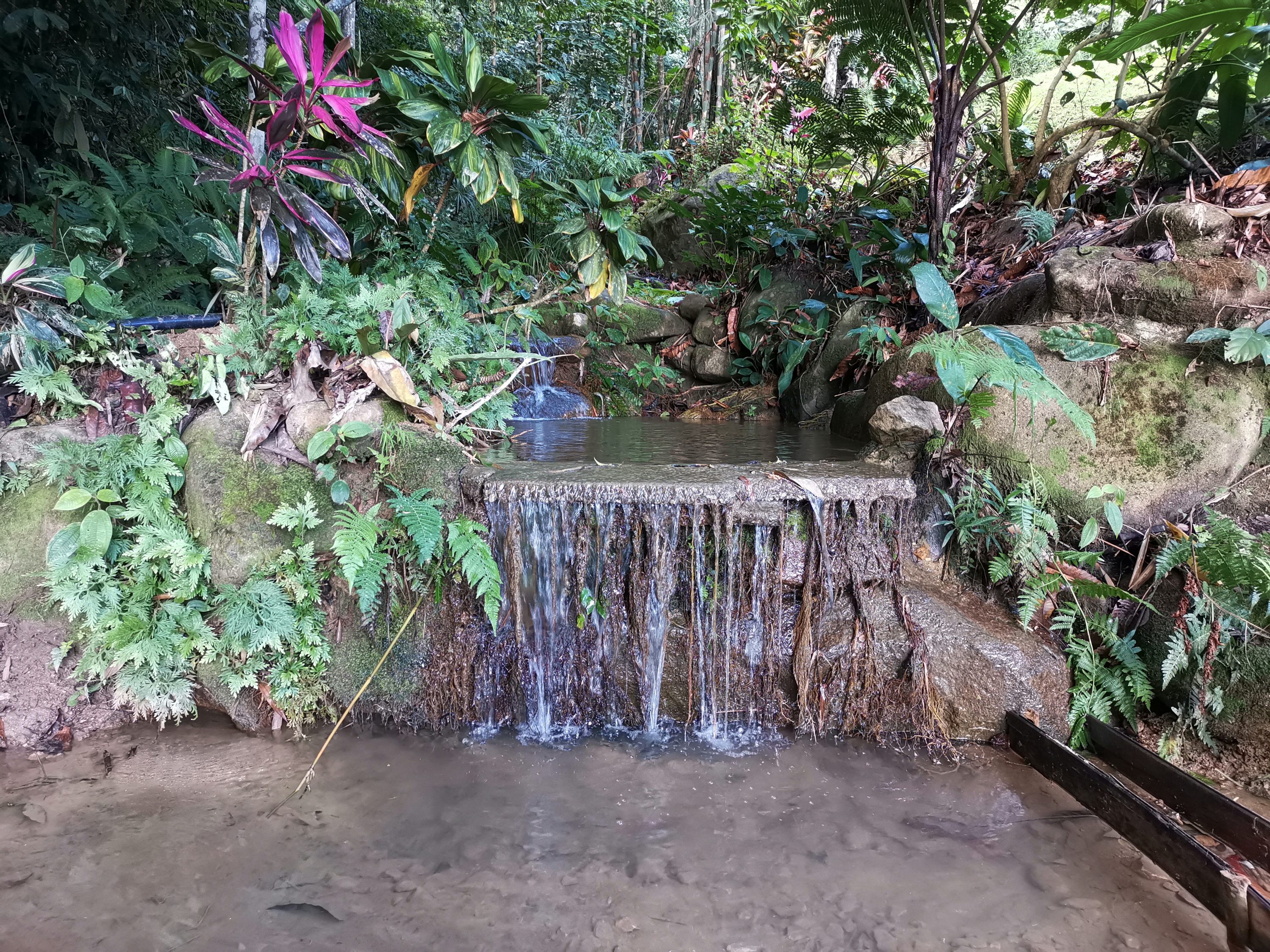
Again, not a huge difference between the 48MP shot and the AI On 12MP shot for the View 20, but a noticeable difference between it and the AI Off 12MP shot.
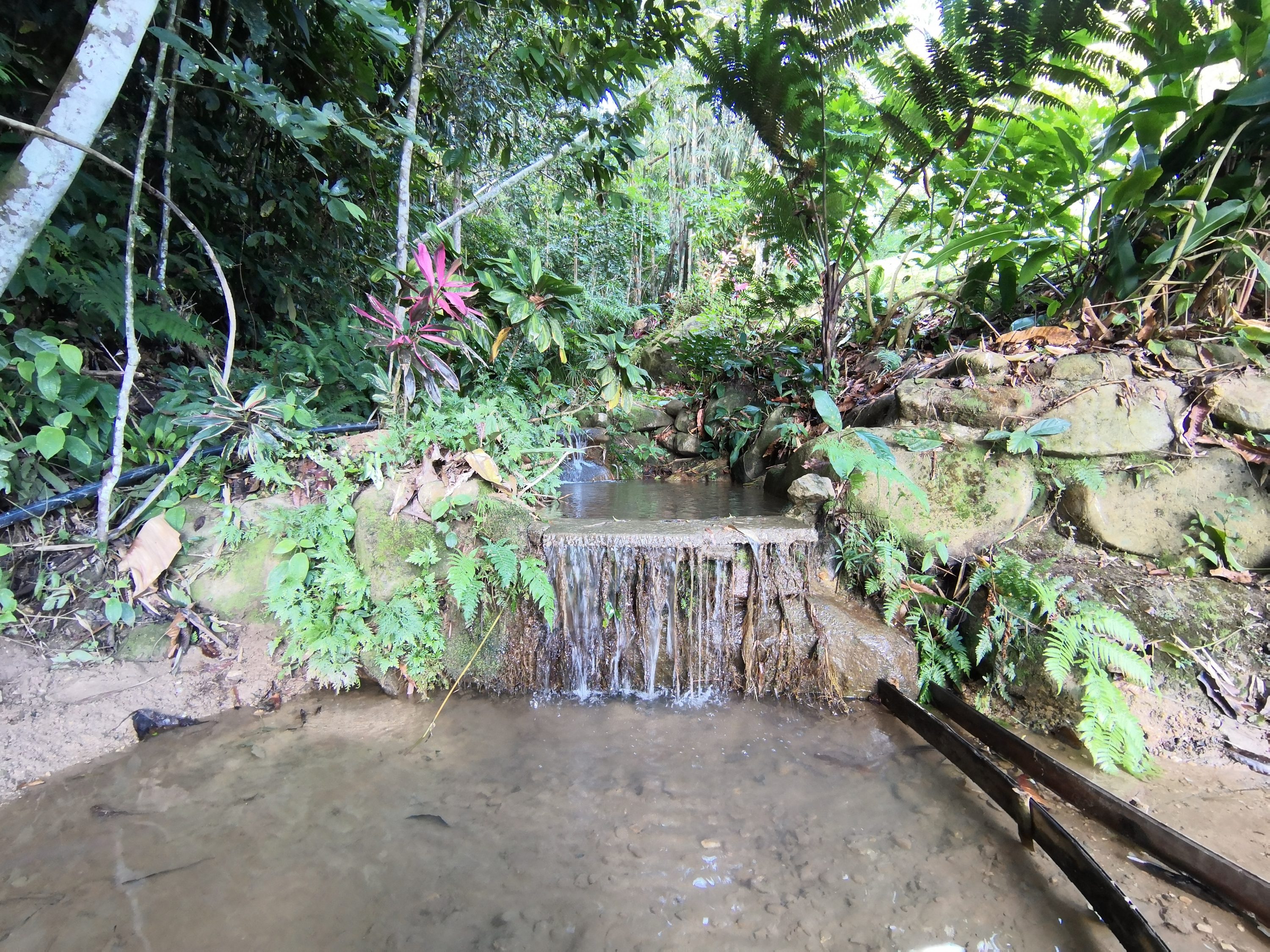
While I love that I could get so much more of the scene into this shot, the image here is just completely overexposed.
SCENE 4
This is a simple 2X zoom test. With the Nova 4, there’s no 2X zoom button, so you’ll have to manually punch in by pinching the screen. On the View 20, as long as your resolution isn’t set to 48MP, you will have a dedicated 2X zoom button that you can tap. Both images have comparable sharpness and detail, but the View 20’s exhibits chromatic aberration.
SCENE 5
Here’s another photo with strong backlight. The thing you should look out for here is the detail that is able to be maintained in both the shadows and the highlights. I would also look at the texture of the elements in the image, as well as the chromatic aberration.
This scene has perhaps the least amount of difference between AI on and AI off photos. Barring a slight tweaking in the saturation of the blue sky, there really isn’t the huge difference I would conventionally expect from a Huawei/Honor device.
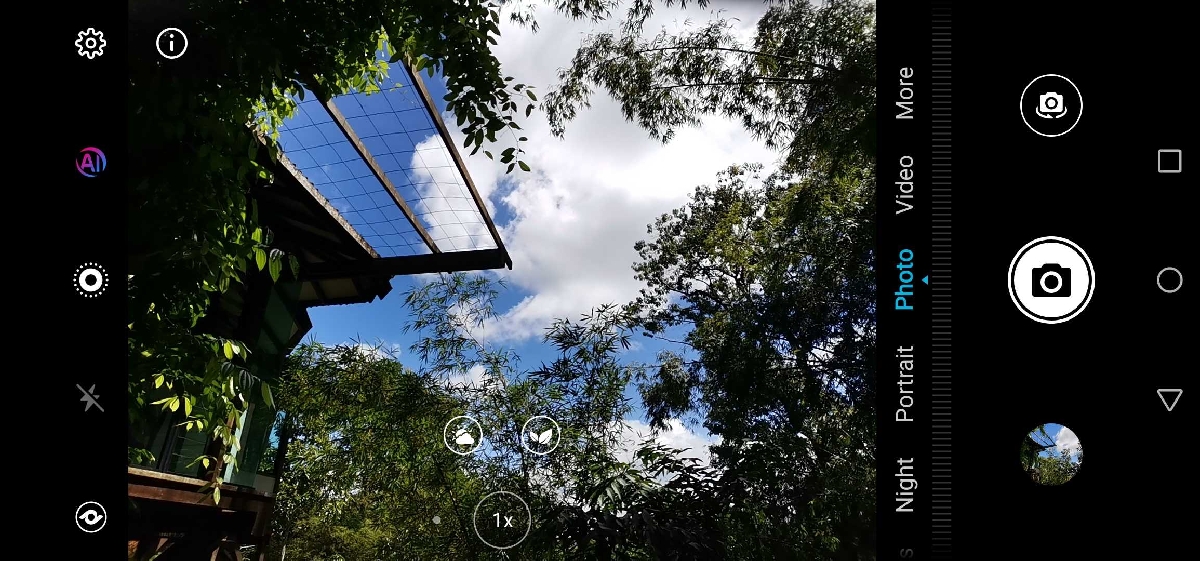
Also worth noting is that with the Honor View 20, the phone was able to leverage its multi-scene recognition, identifying both the sky and the vegetation.
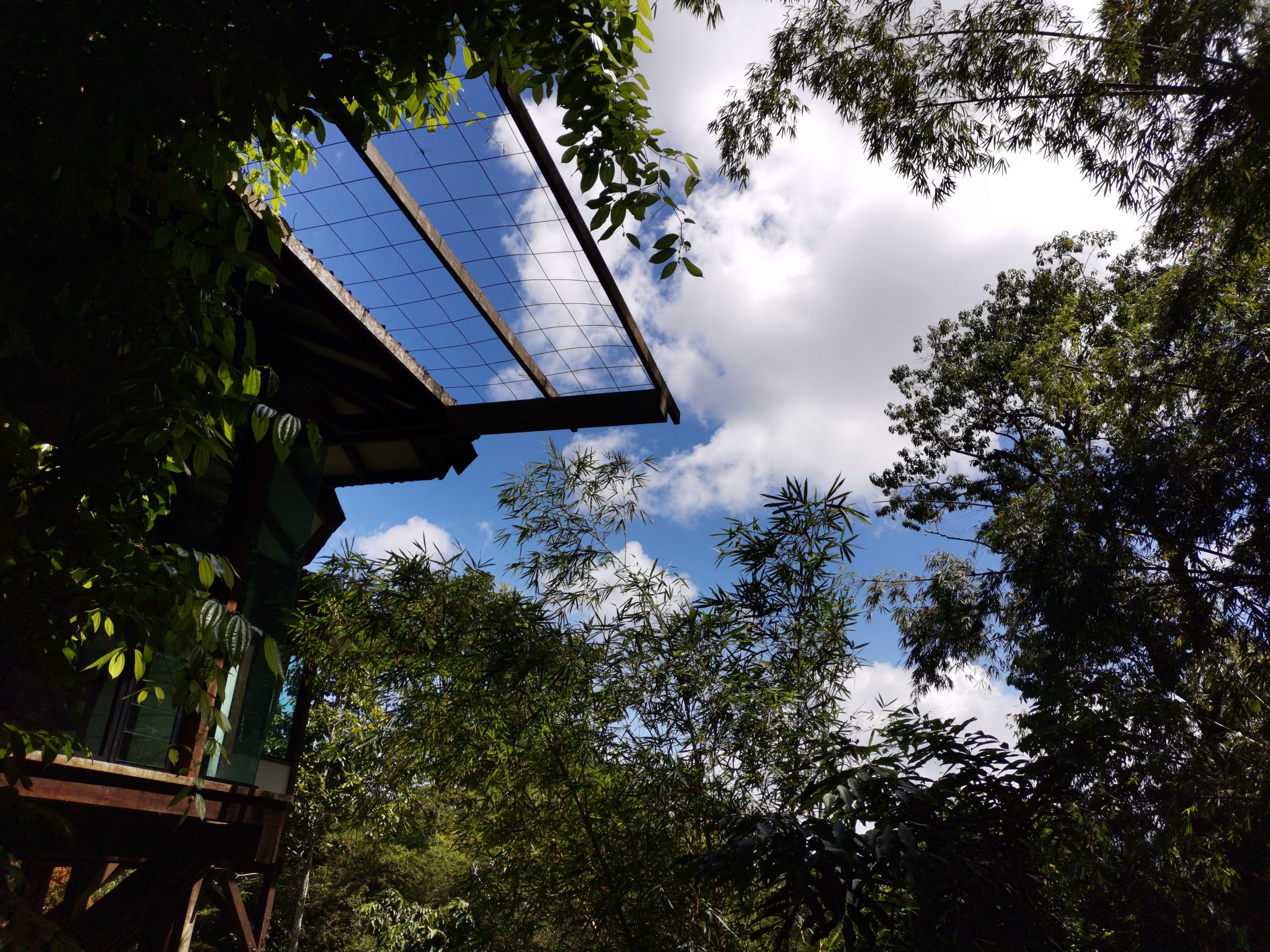
This is perhaps the most interesting 48MP photo I’ve taken thus far. While in the past couple of scenes, there wasn’t much of a difference between the 48MP photo and the 12MP photo, this particular scene. Just look at the difference between these crops.
It’s interesting to see the difference in resolution and quality in this particular photo, but none of the ones before this. What do you think this means?
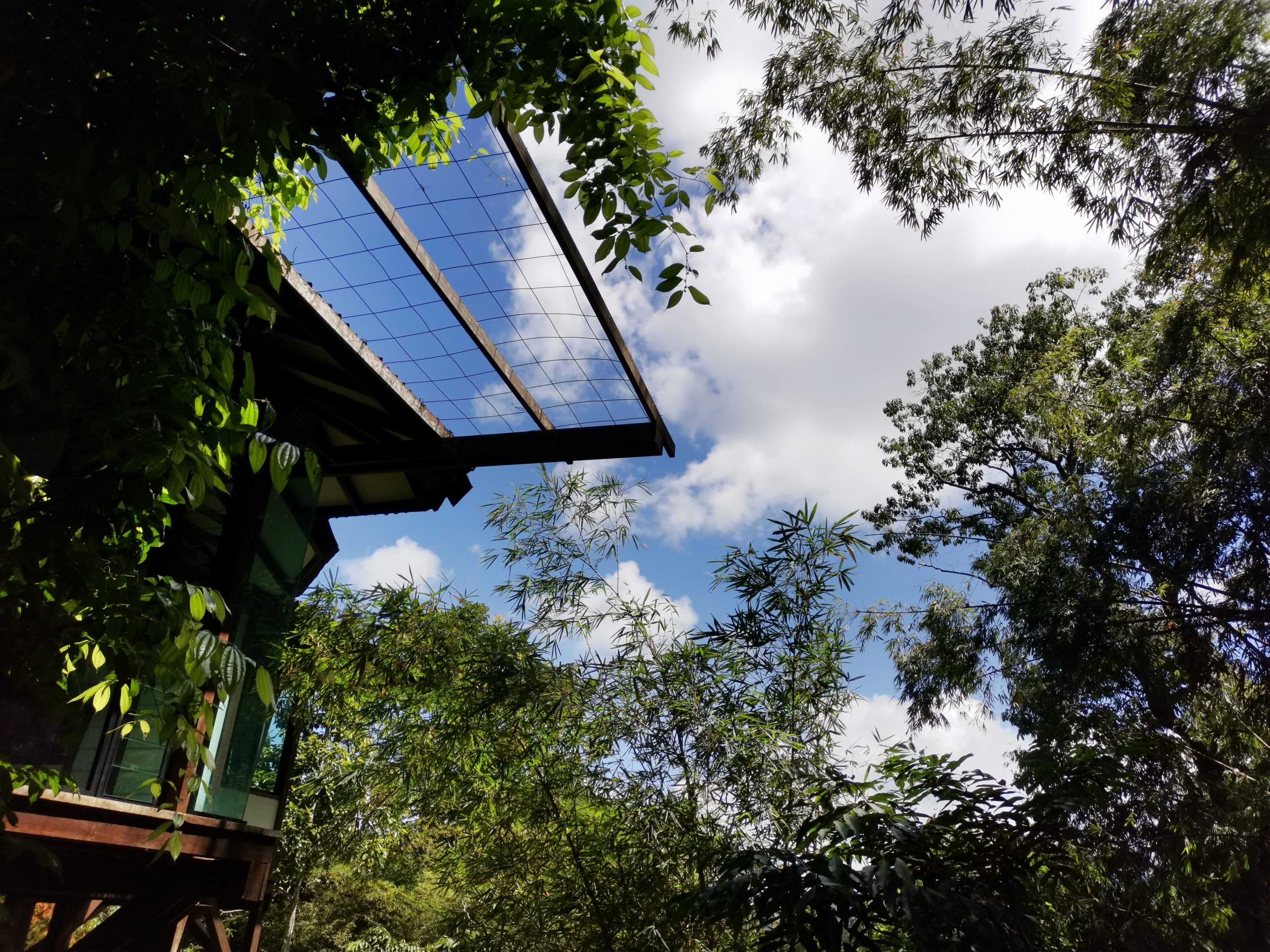
Even the Ultra Clarity mode doesn’t quite have the natural definition of the regular 48MP shot.
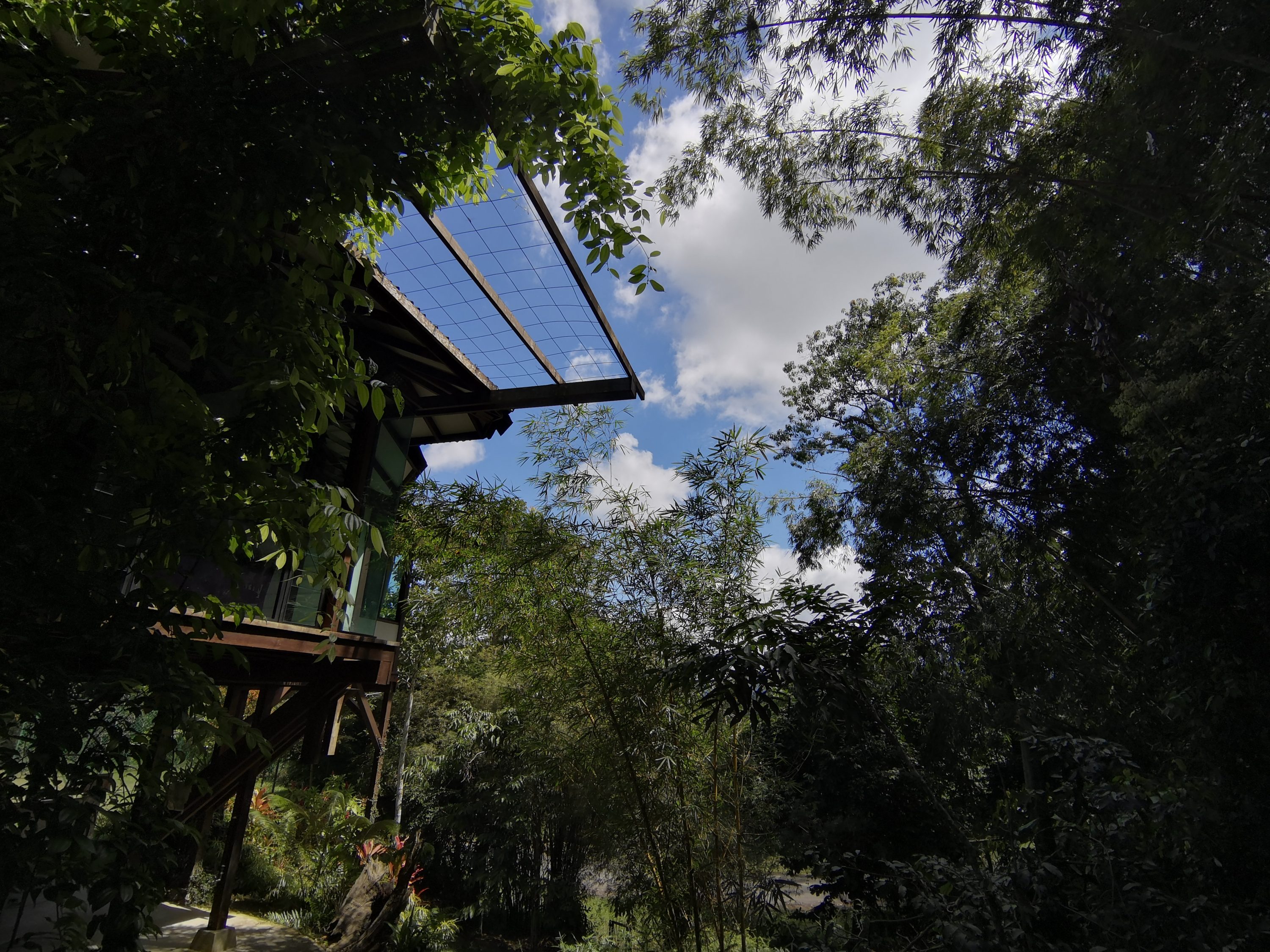
On the other hand, the Nova 4’s ultra-wide, while letting in a lot more of the scene, again fails to produce an image that’s consistent to the one its main sensor can output.
SCENE 6
After a bunch of photos with lots of shadows and highlights, here’s a scene that’s as evenly lit as it gets with natural lighting. One thing you can focus on here is the detail in the stones, as well as the overall exposure, colour temperature and tint of the image.
To my eyes, there seems to be barely a difference between the AI on and AI off images in this scene. In my books, that’s a good thing because both of these photos look pretty true to life.
Unlike SCENE 5, there isn’t a huge difference between the 48MP photo here and the 12MP photo by the View 20. Even when compared to the Ultra Clarity mode, the only noticeable difference is the colour temperature and exposure. I wonder what the cause of this inconsistency is.
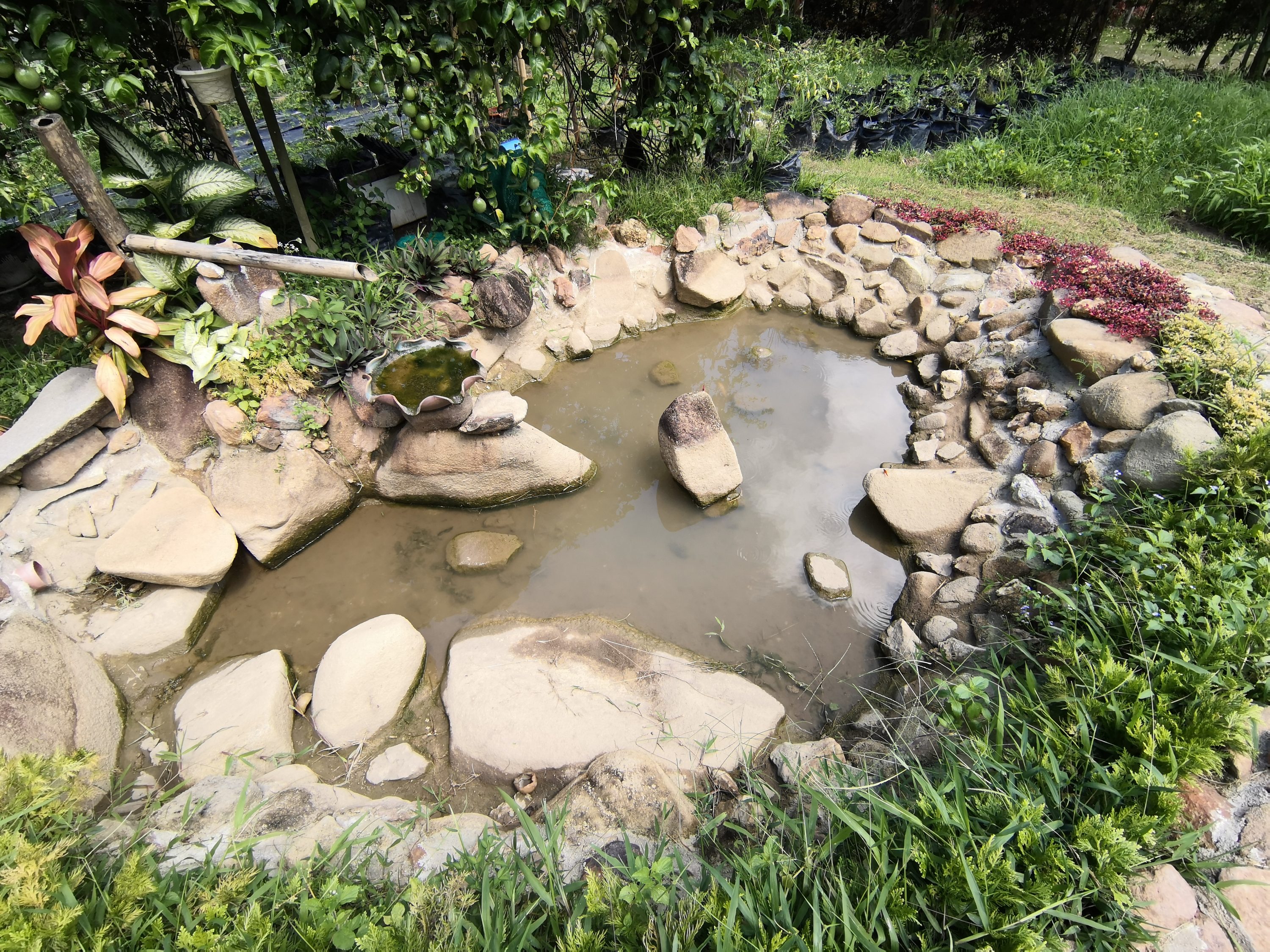
This is perhaps the best scene to show how much more utility the ultra-wide camera on the Nova 4’s triple-camera array brings. I wasn’t able to lift my phone any higher to get more of the scene in, nor was I able to take a step back without altering the composition. But, with the Nova 4’s Ultra Wide, all I needed to do was hit the Wide button. Plus, the even lighting here helped reduce the Ultra Wide’s drop in image quality.
SCENE 7
Now, we get into the low-light section of this camera comparison. This scene was almost entirely dark with the exception of a weak light coming from inside the house and a small lamp out in the garden. This photo was also taken with Night Mode off on both devices.
When we switch Night Mode on for both devices, the Nova 4’s exposure improves exponentially, though the softness — I suspect — is as a result of the smartphone struggling to focus. The View 20’s photo is much sharper and more colour accurate as it lacked the Nova 4’s magenta tint.
SCENE 8
This is a scene with a lot more light coming from an overhead spotlight. In this scene, I switched things up a little, forcing the View 20’s camera onto its 48MP setting to see if it would result in a worse low-light performance. To my surprise, it actually produced a very solid low-light photo. Certainly one that looks much better than the Nova 4, which continued to have problems with focusing in the dimly lit conditions.
Switching Night Mode on, the View 20 forced me back onto the 12MP setting, which was a little disappointing. But, it’s hard to argue with the image because it looks very usable too. It brings up more of the shadows in the foliage without overexposing the entire image. On the Nova 4, things improved too, with a much sharper image and more colour saturation. However, it is still rather soft, something I suspect stems from aggressive noise reduction.
SCENE 9
This scene is pretty similarly lit to the scene before this. Huawei’s Nova 4 did a much better job with nailing focus, but the aggressive noise reduction definitely affected the overall sharpness of the image. On the View 20, the luminance noise is definitely visible in the shadows, but the noise reduction doesn’t appear as aggressive.
At this point, I think it’s pretty obvious that Night Mode significantly improves the Nova 4’s low light performance — to nobody’s surprise — but the View 20’s image in this set demonstrates one of the pitfalls: Its susceptibility to handshake blur. The AI image stabilisation on these devices just isn’t as reliable as the one on Huawei’s Mate 20 Pro.
My pick: Honor View 20
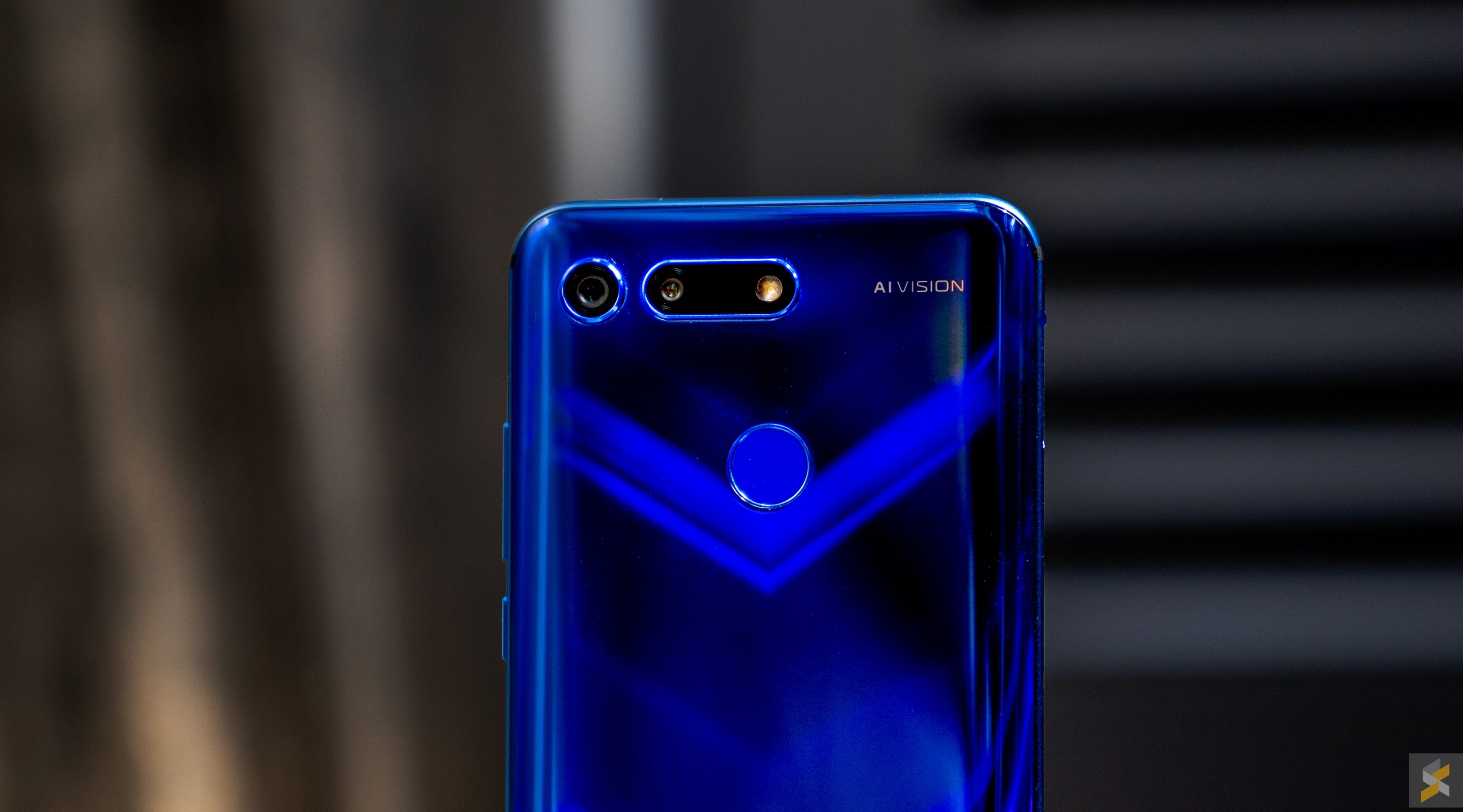
It’s a lot more reliable than the Nova 4 when I need to get a good shot.
Coming into this camera comparison, I was a little more partial to the Huawei Nova 4 because of two reasons. The first, I know from personal experience that megapixel count only tells half the story, so the 48MP camera on the View 20 wasn’t guaranteed to be better than the 20MP one on the Nova 4. The second, was that I loved the versatility that the ultra-wide angle camera provided, and after using what I thought was a similar implementation on the Mate 20 Pro, I was psyched for the Nova 4.
However, after completing the comparison, I can confidently say that the View 20’s camera is the one I’d pick over the Nova 4. I like the quality more, I like the processing a little more and it’s a lot more reliable than the Nova 4 when I need to get a good shot. Yes it doesn’t have the added versatility of the ultra-wide on the Nova 4, but it’s a compromise I’m willing to make.
On Huawei’s side of the table, I was terribly disappointed to find that the ultra-wide on the Nova 4 had such a noticeable difference in image quality compared to the fairly competent 20MP main shooter. This disappointment was exacerbated by the fact that I couldn’t use Night Mode with that ultra-wide angled camera like I was able to with the Mate 20 Pro.
Besides a handful of missteps by the View 20, it was able to consistently produce images that I found more pleasing to my eye, than the Nova 4’s. Easy win in my books, for the Honor View 20.
Which phone do you think took the better photos? Oh, and would you like to see a selfie comparison between these two devices too? Let me know in the comments below.
Photography by Rory Lee with the Fujifilm X-T20

